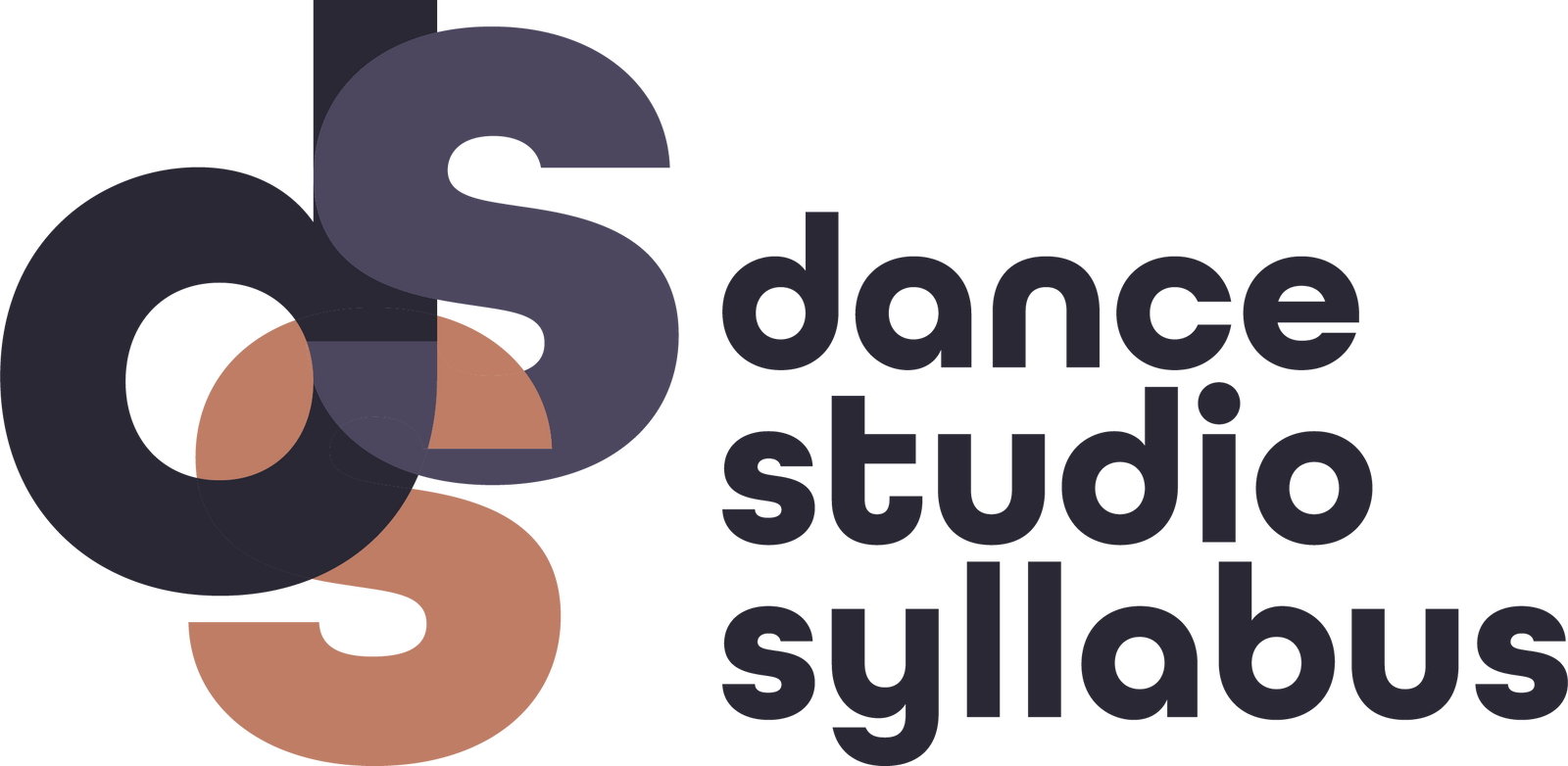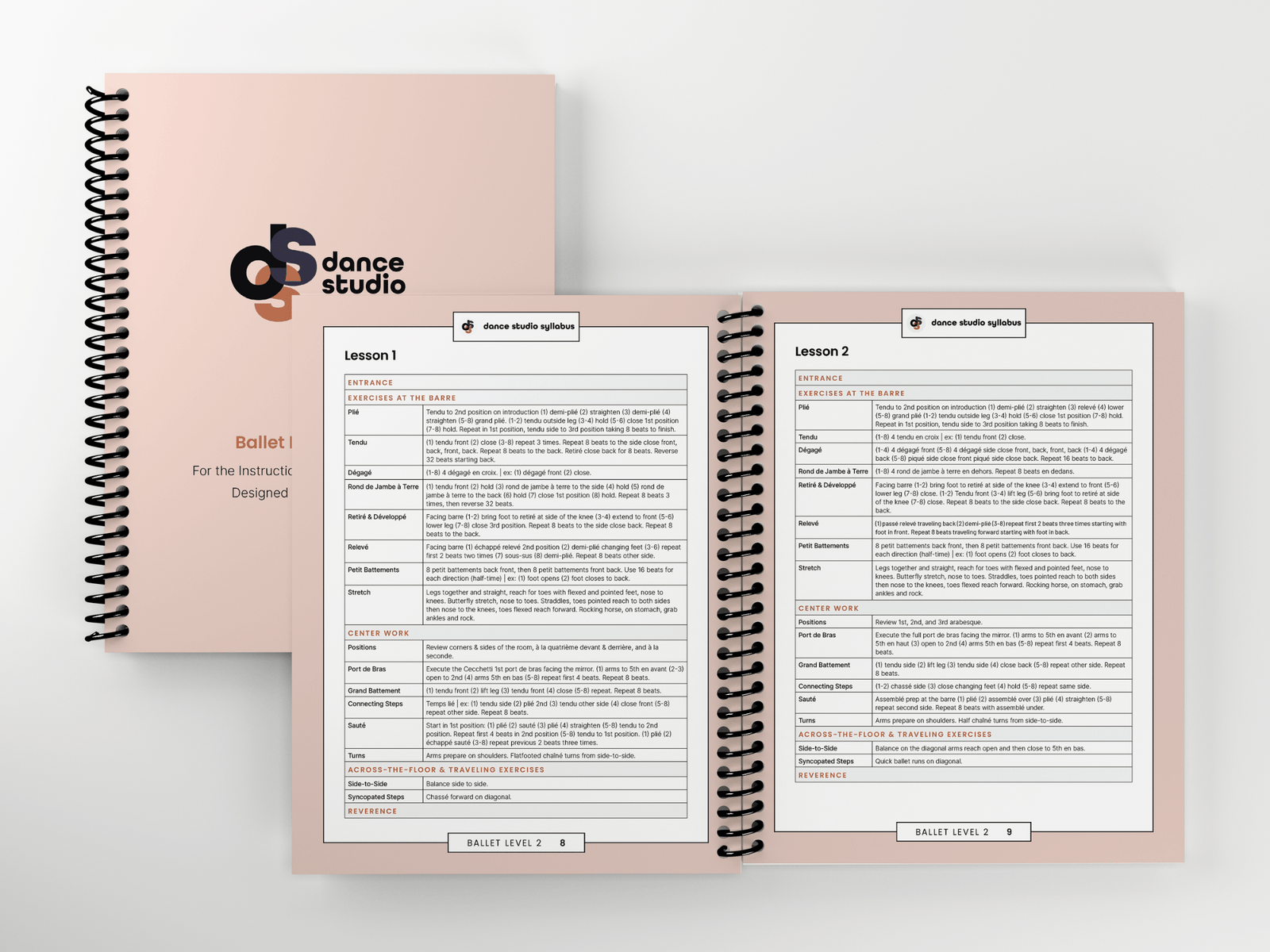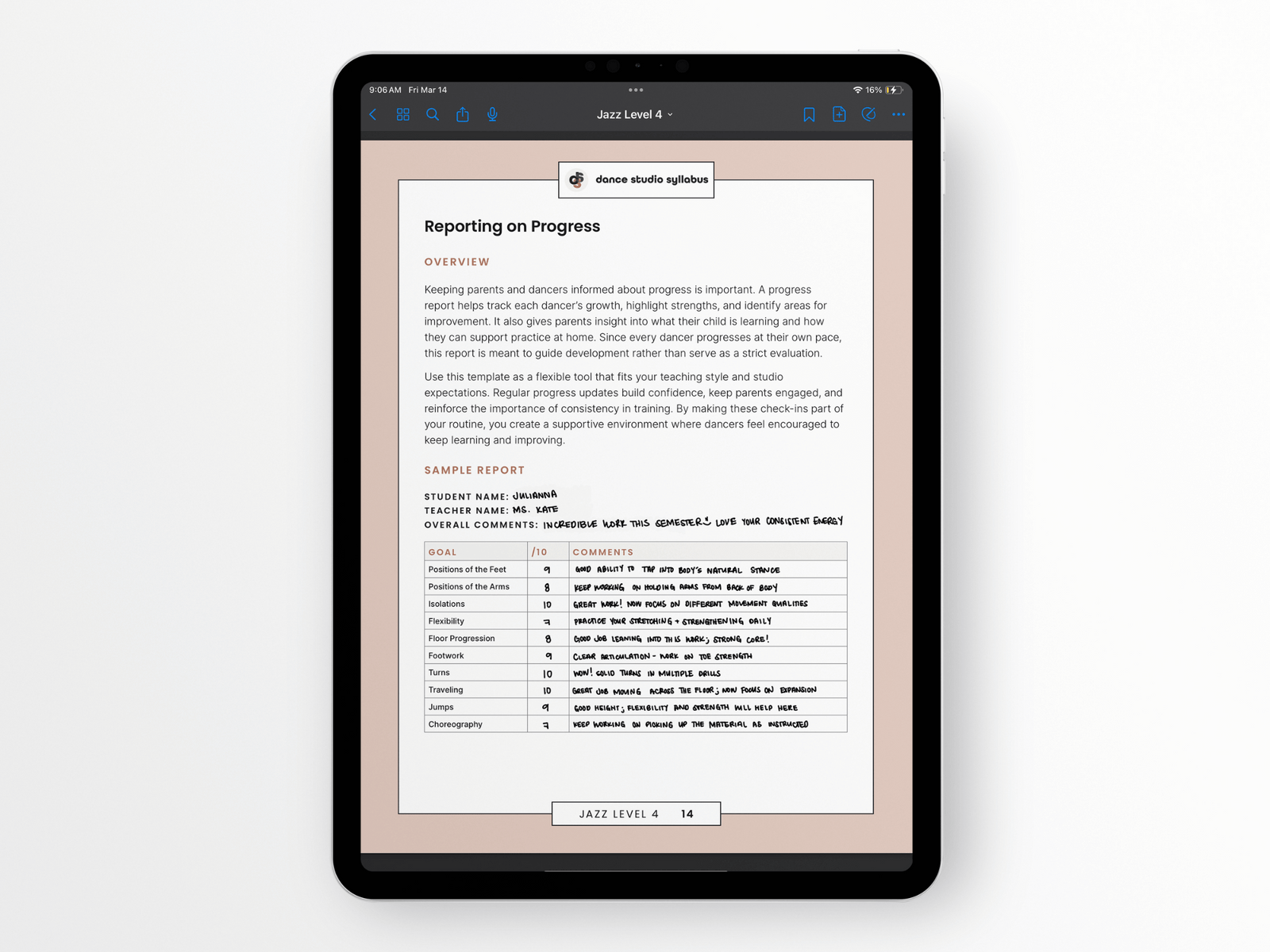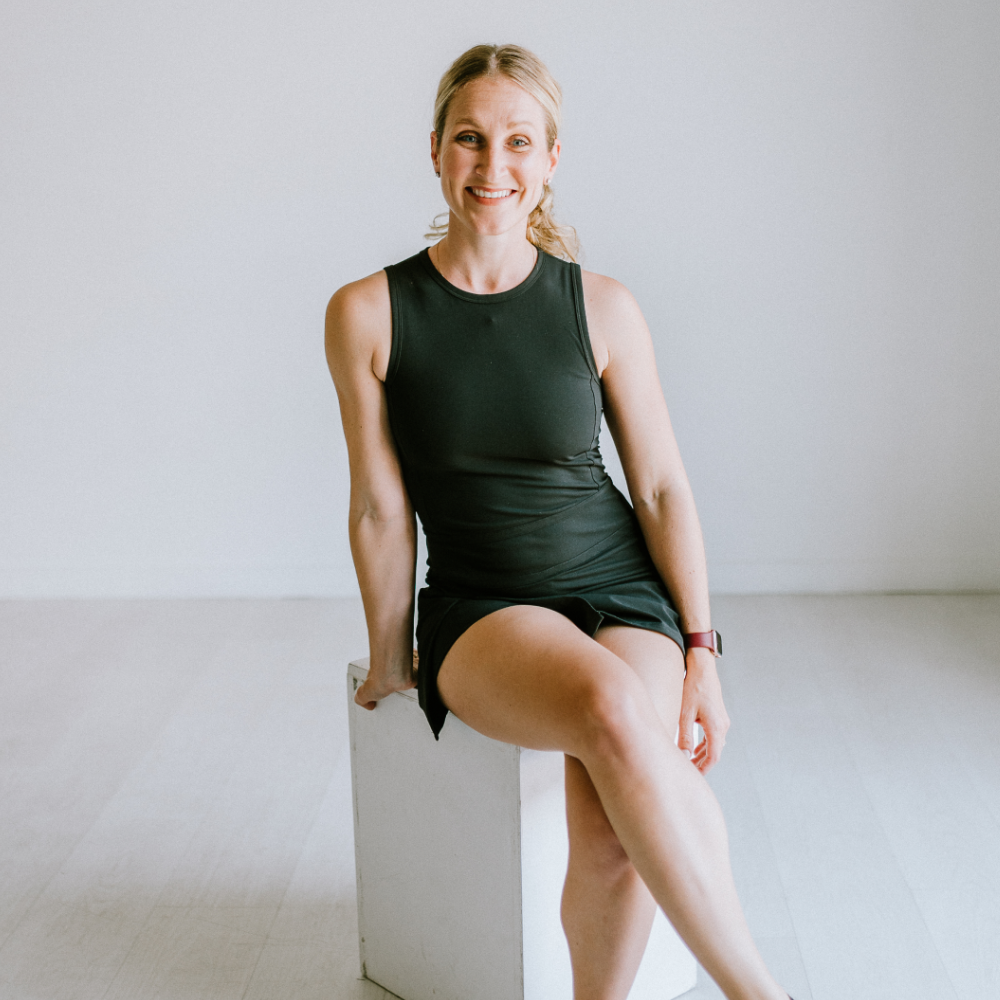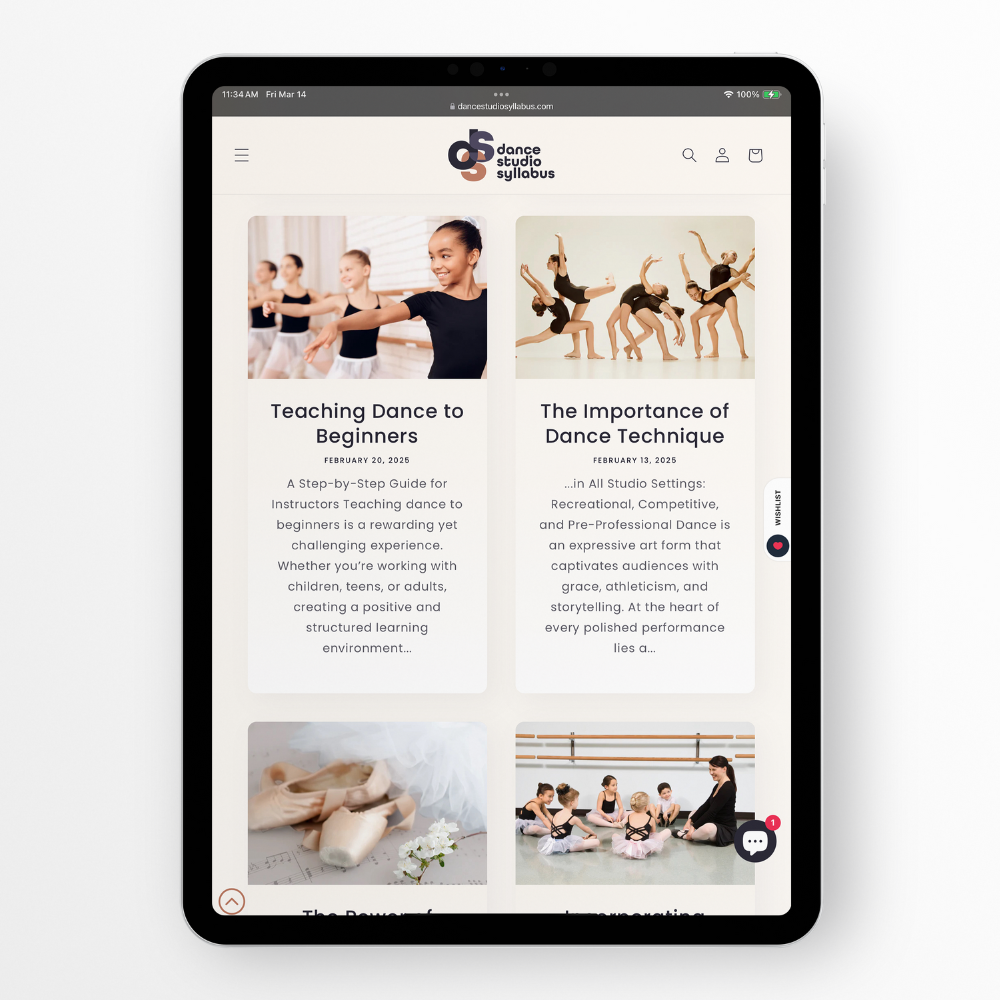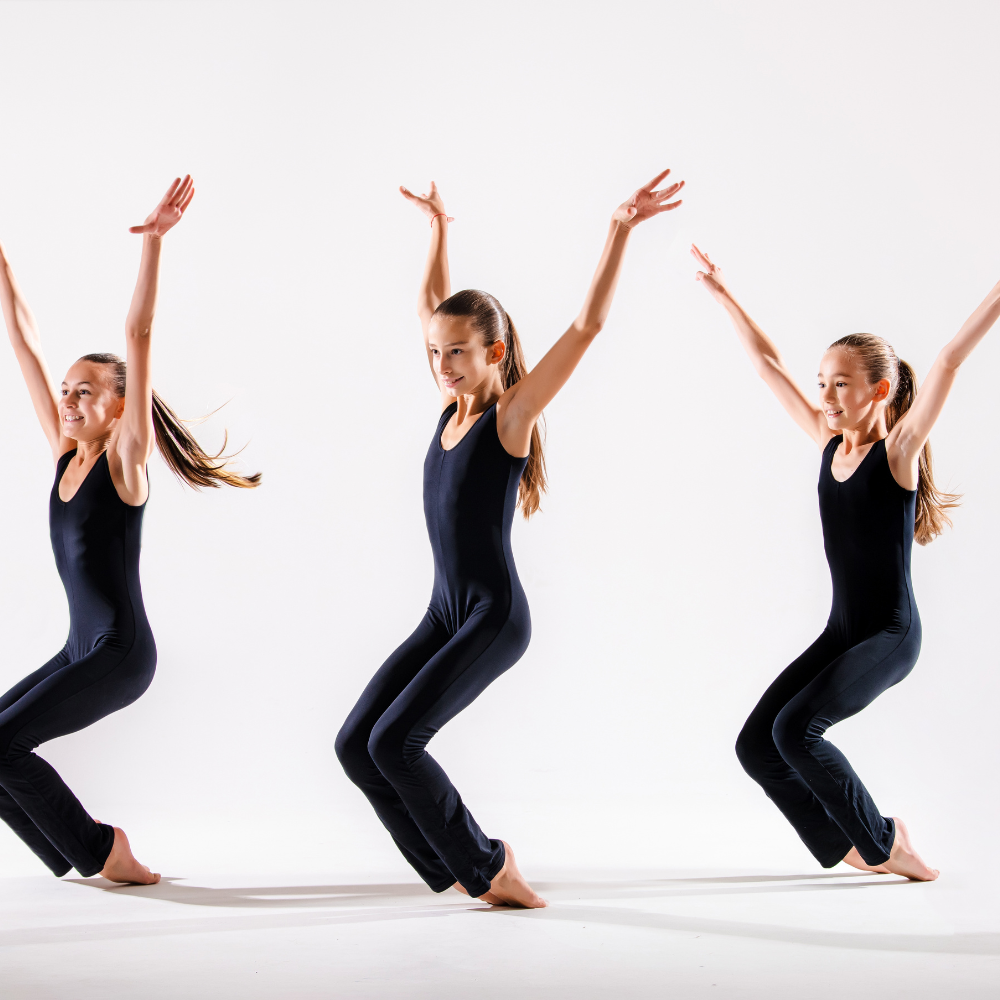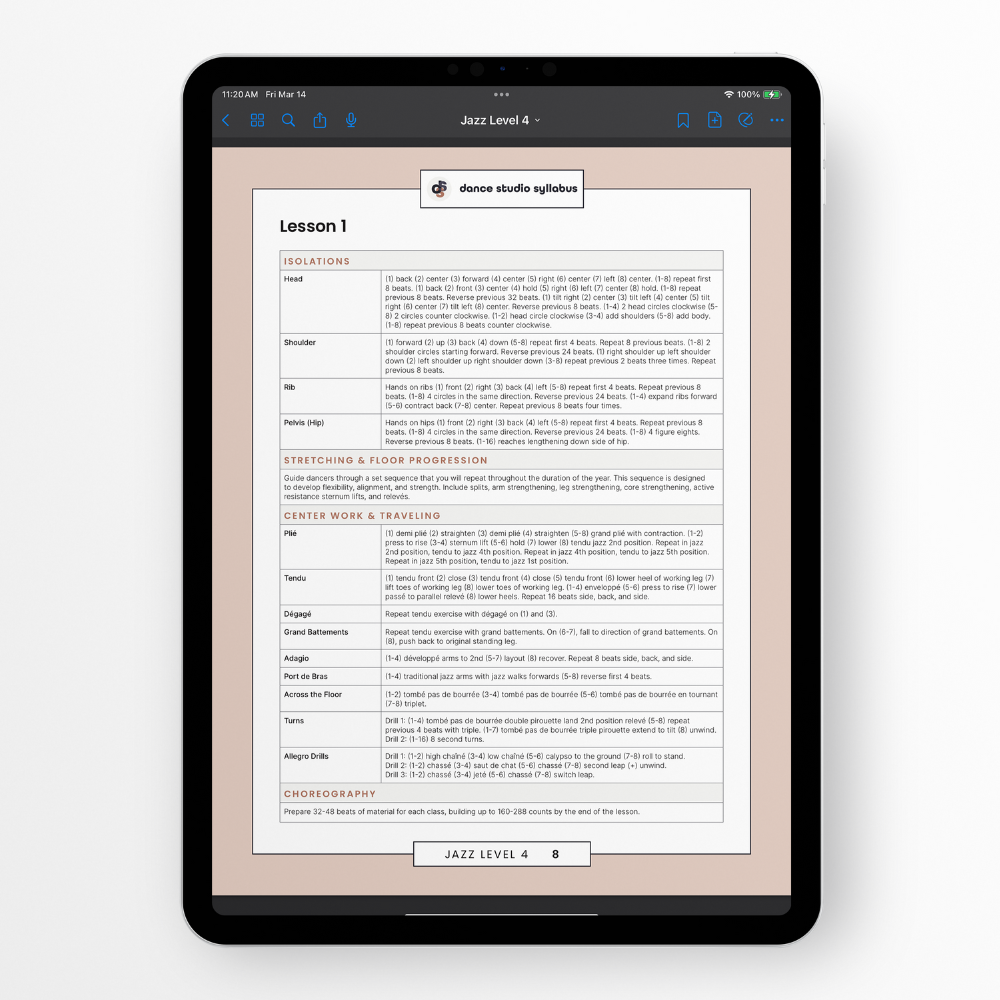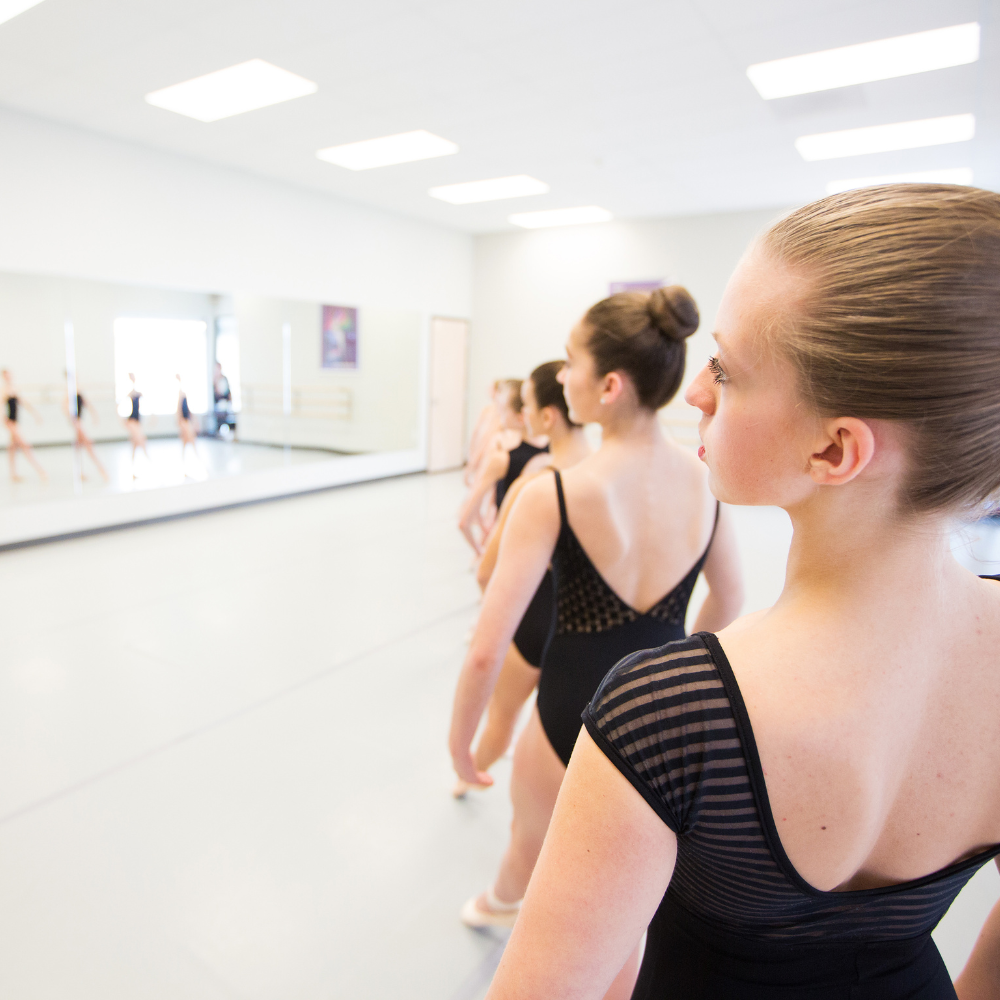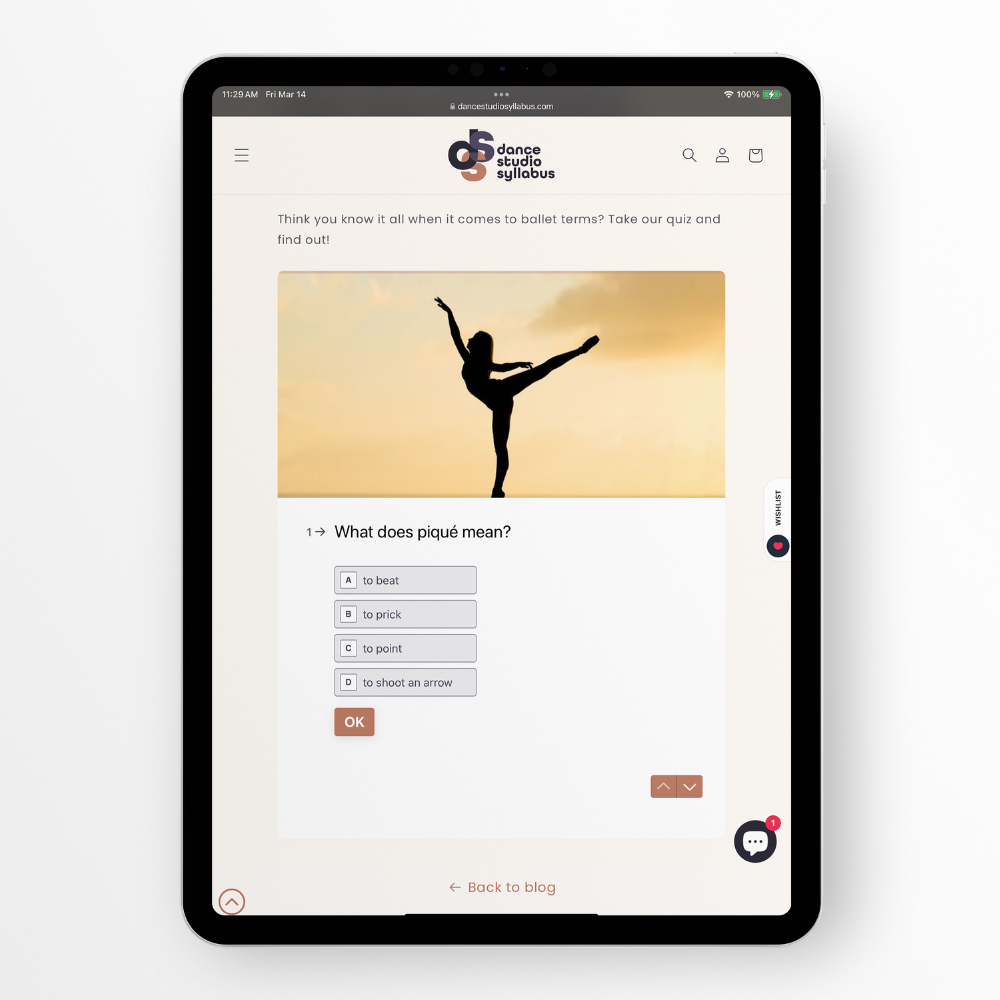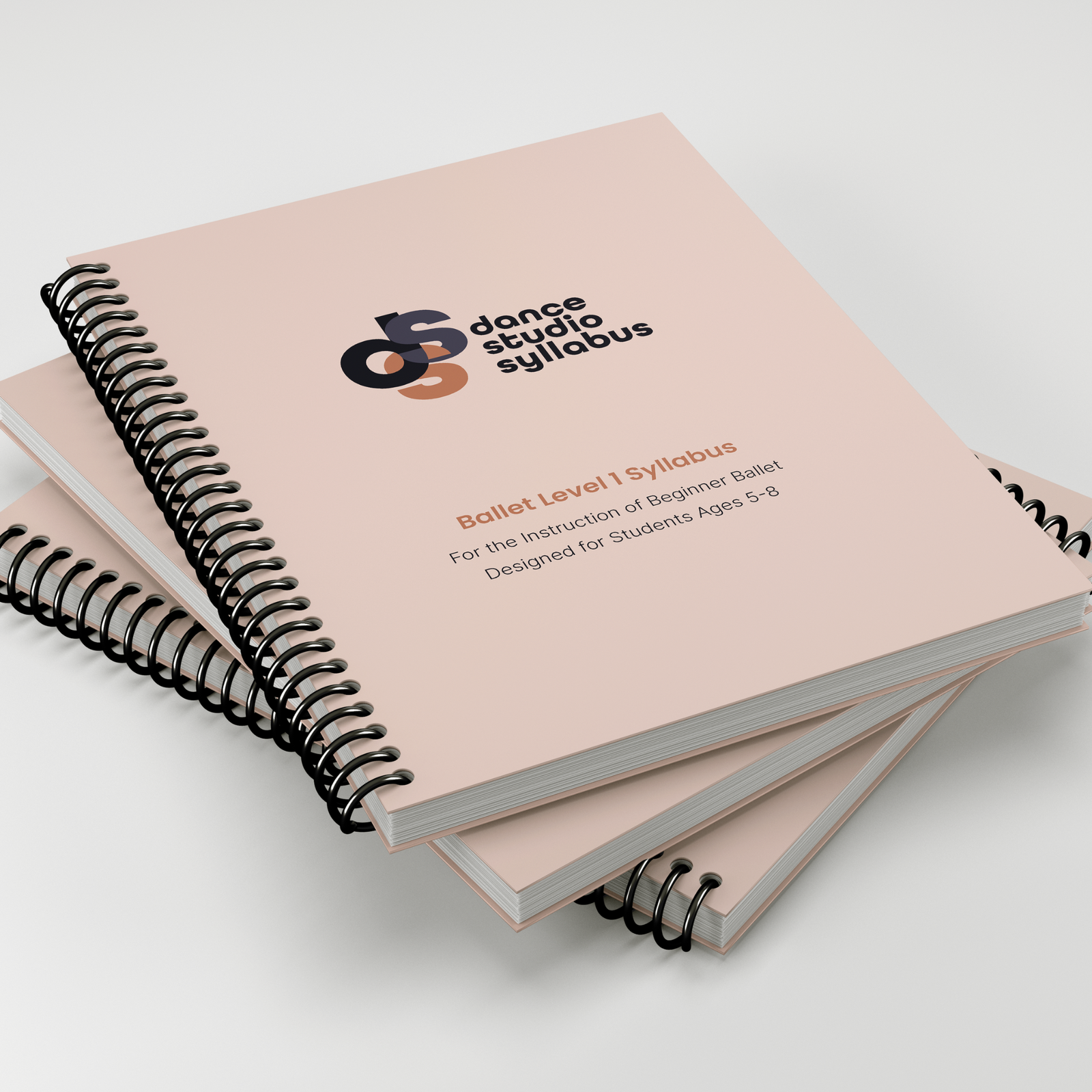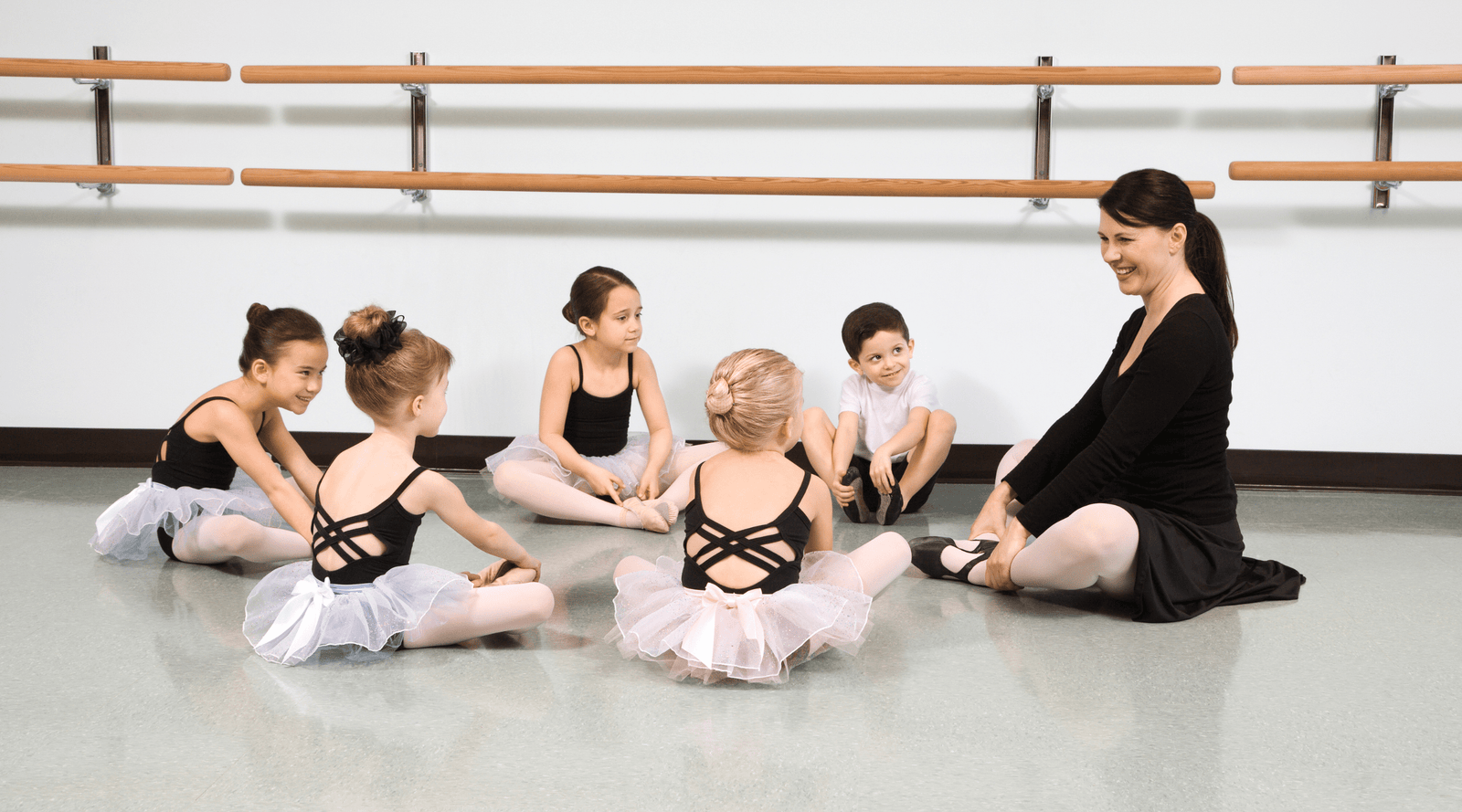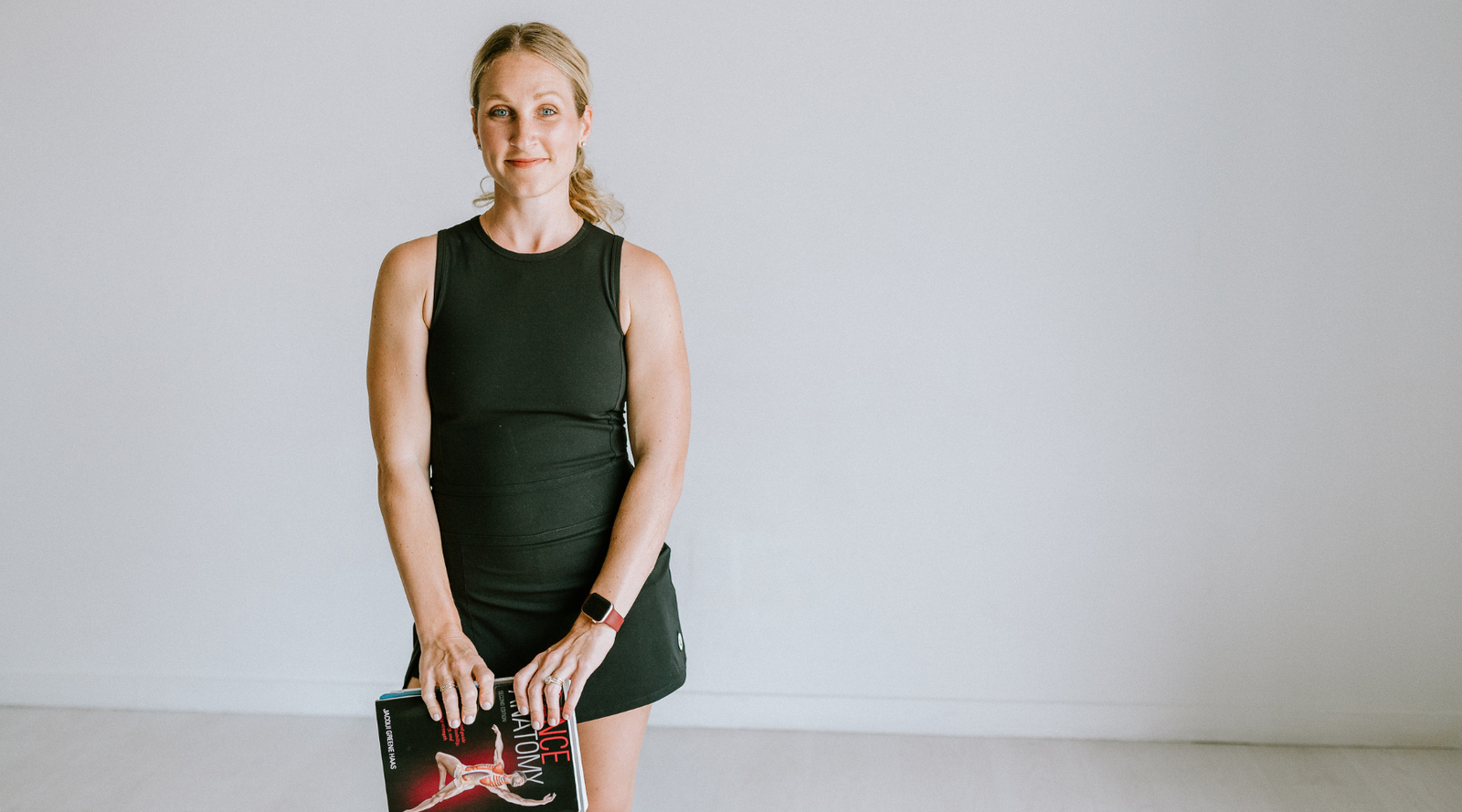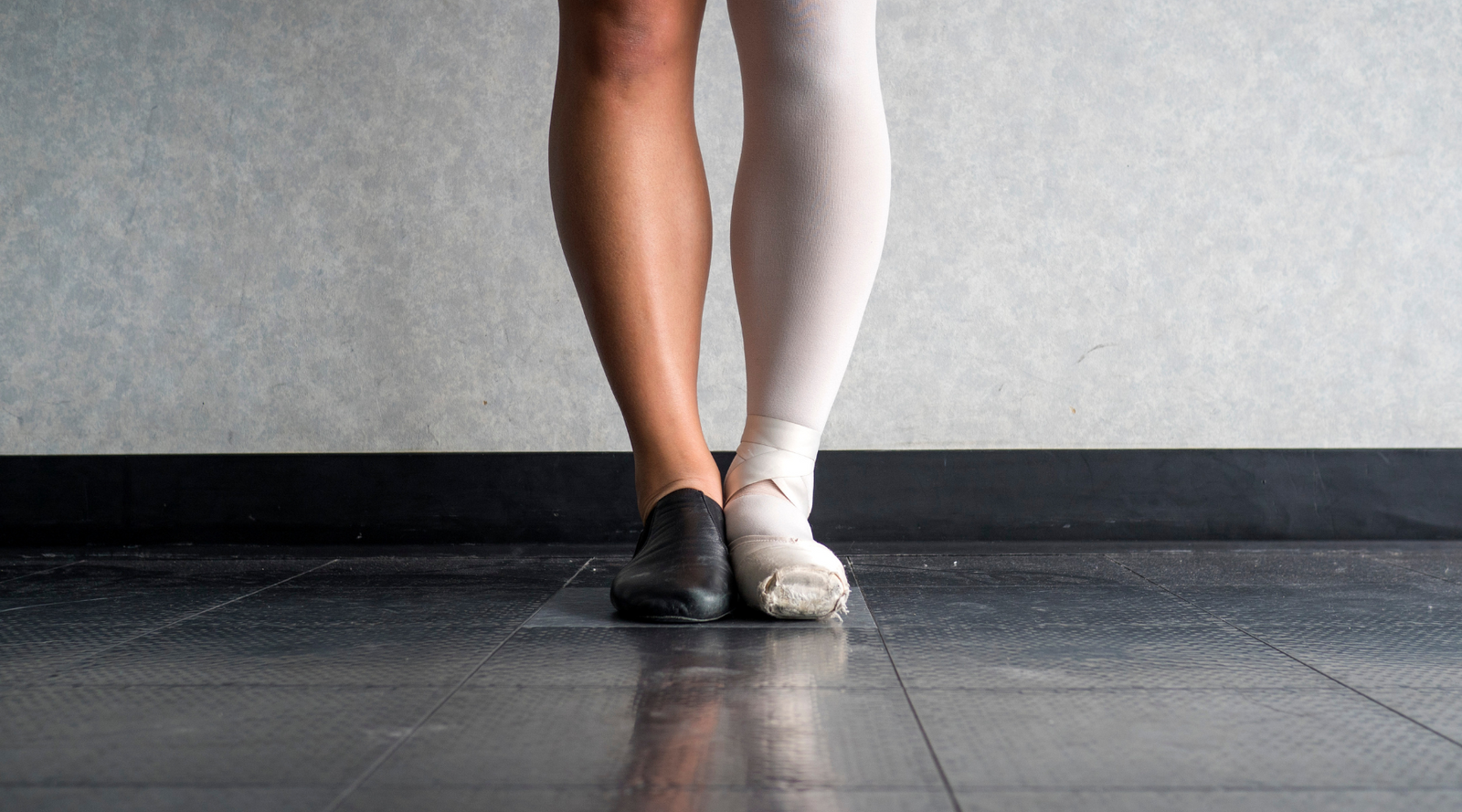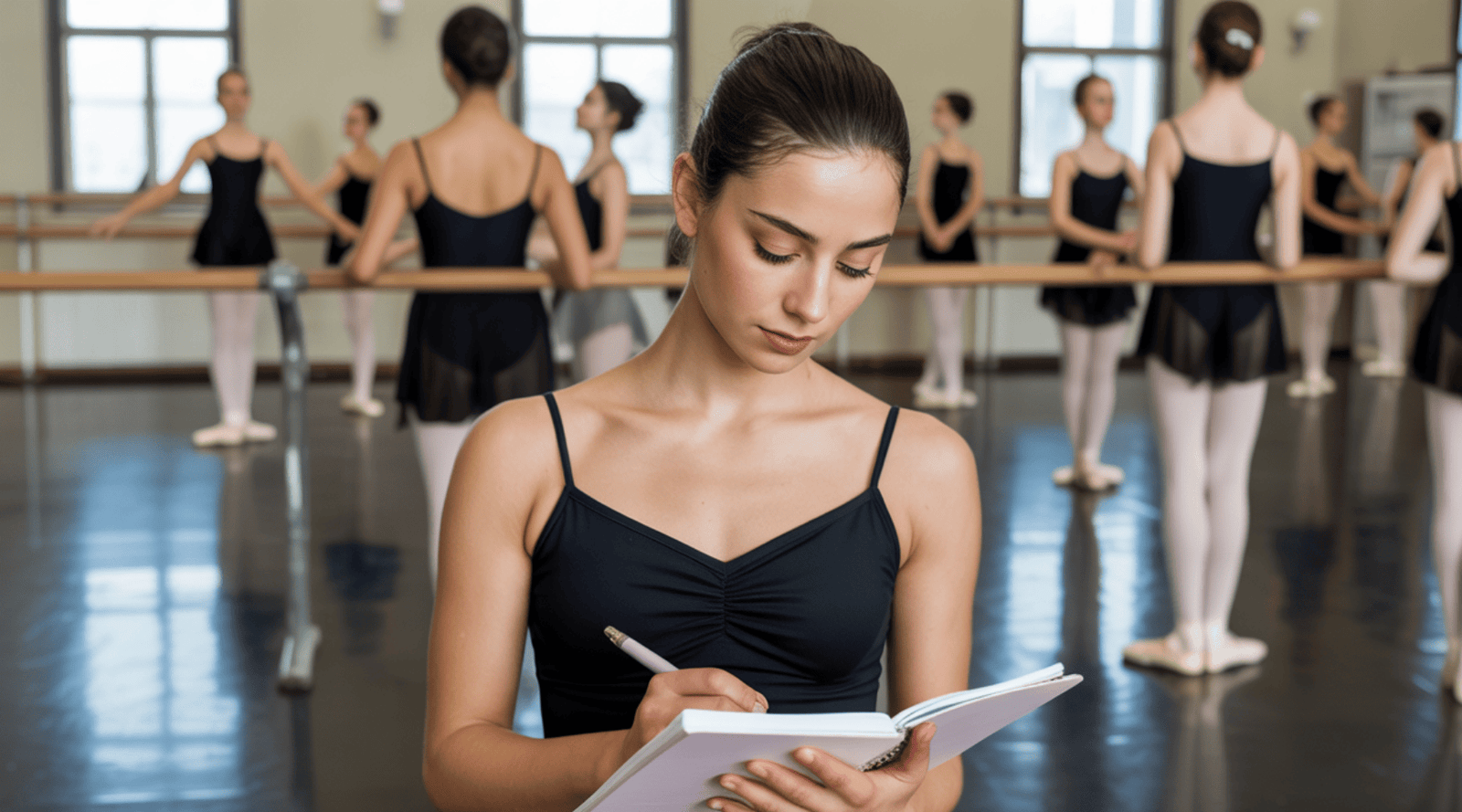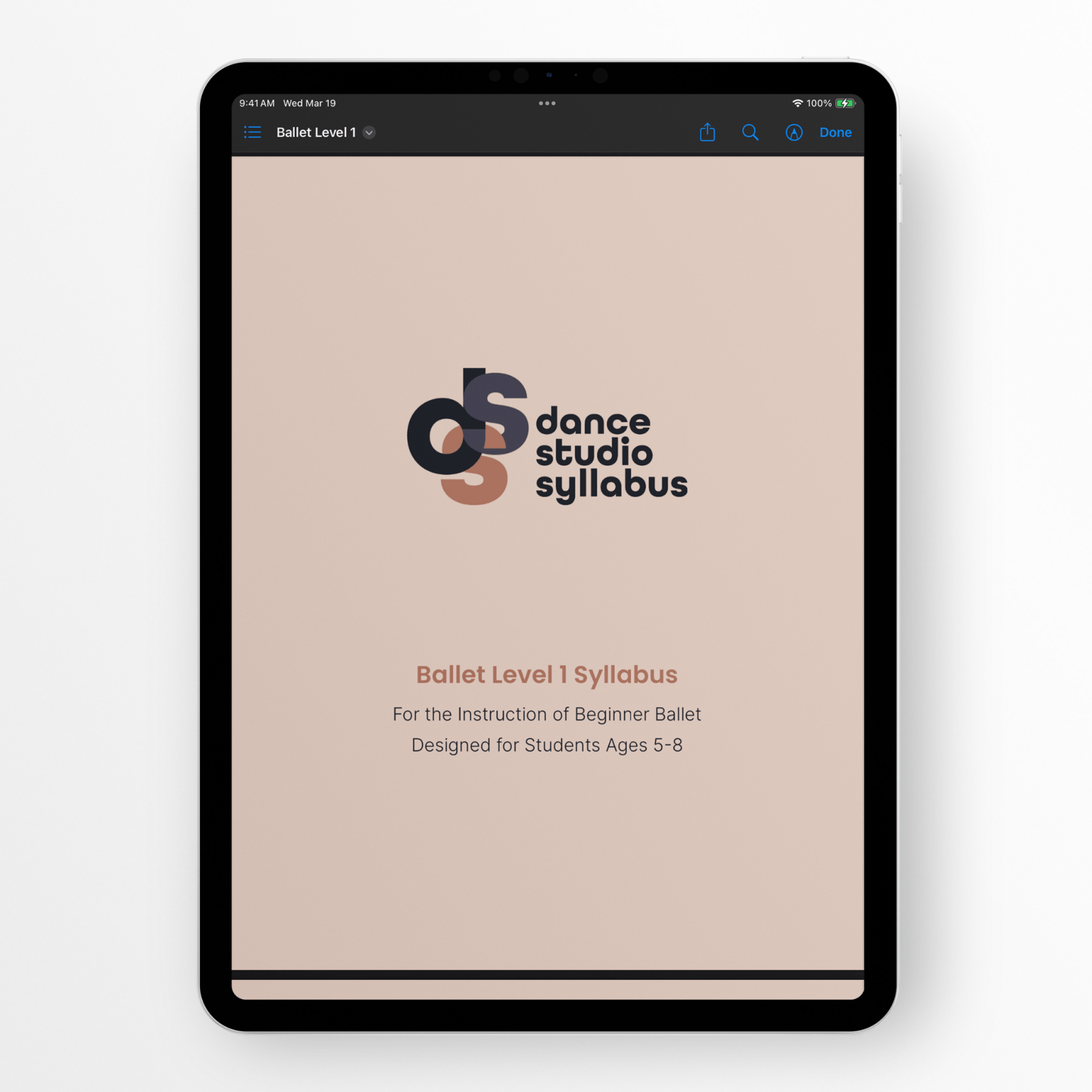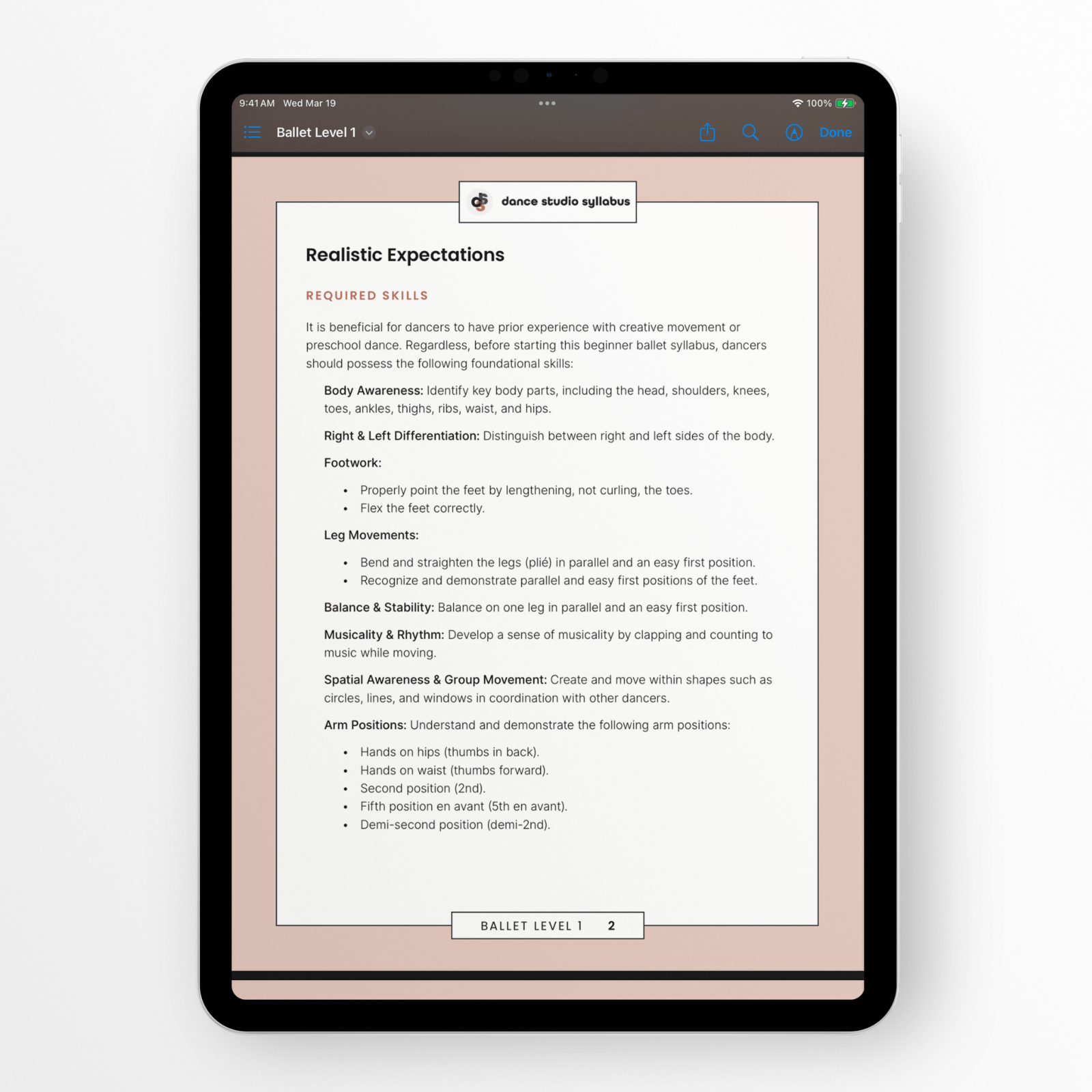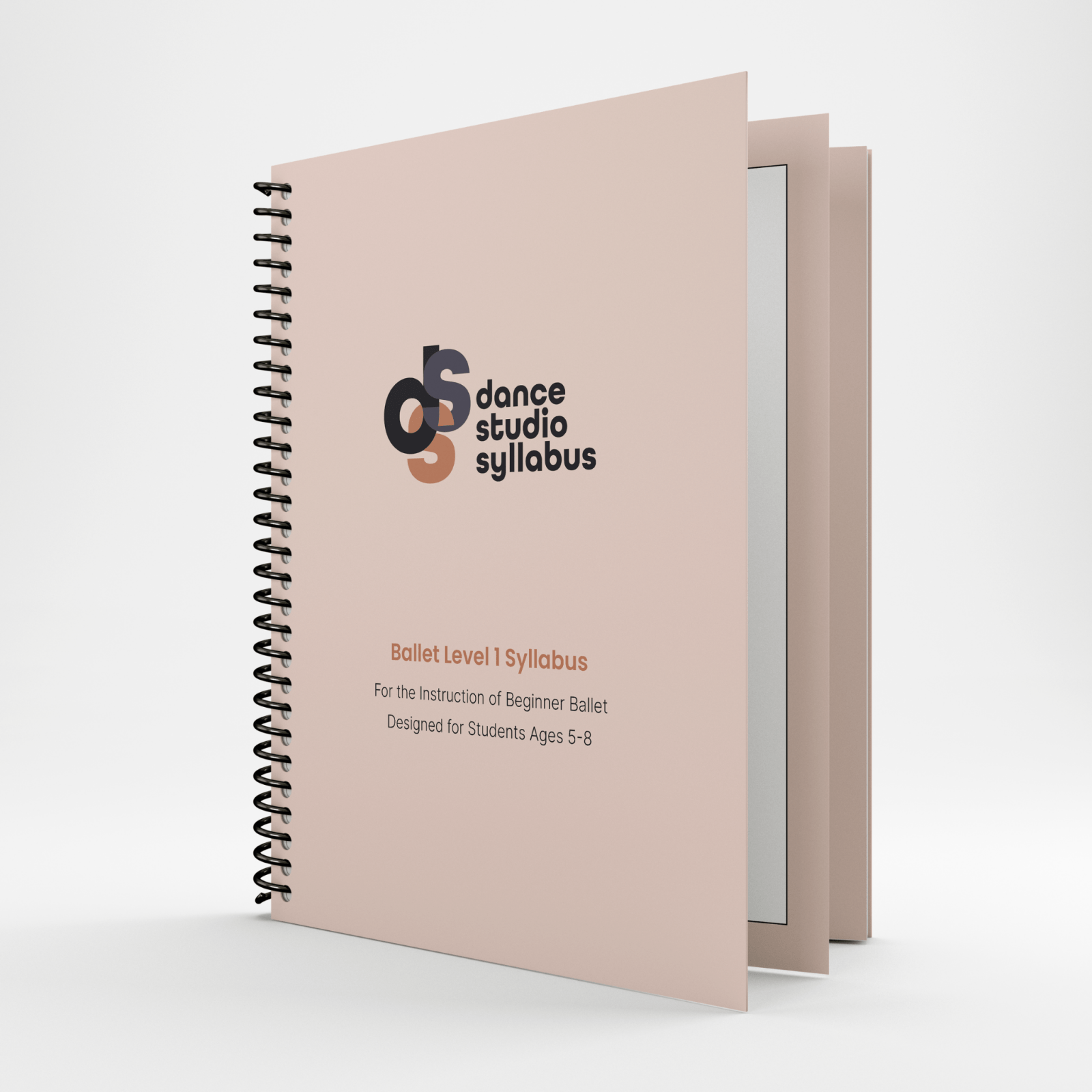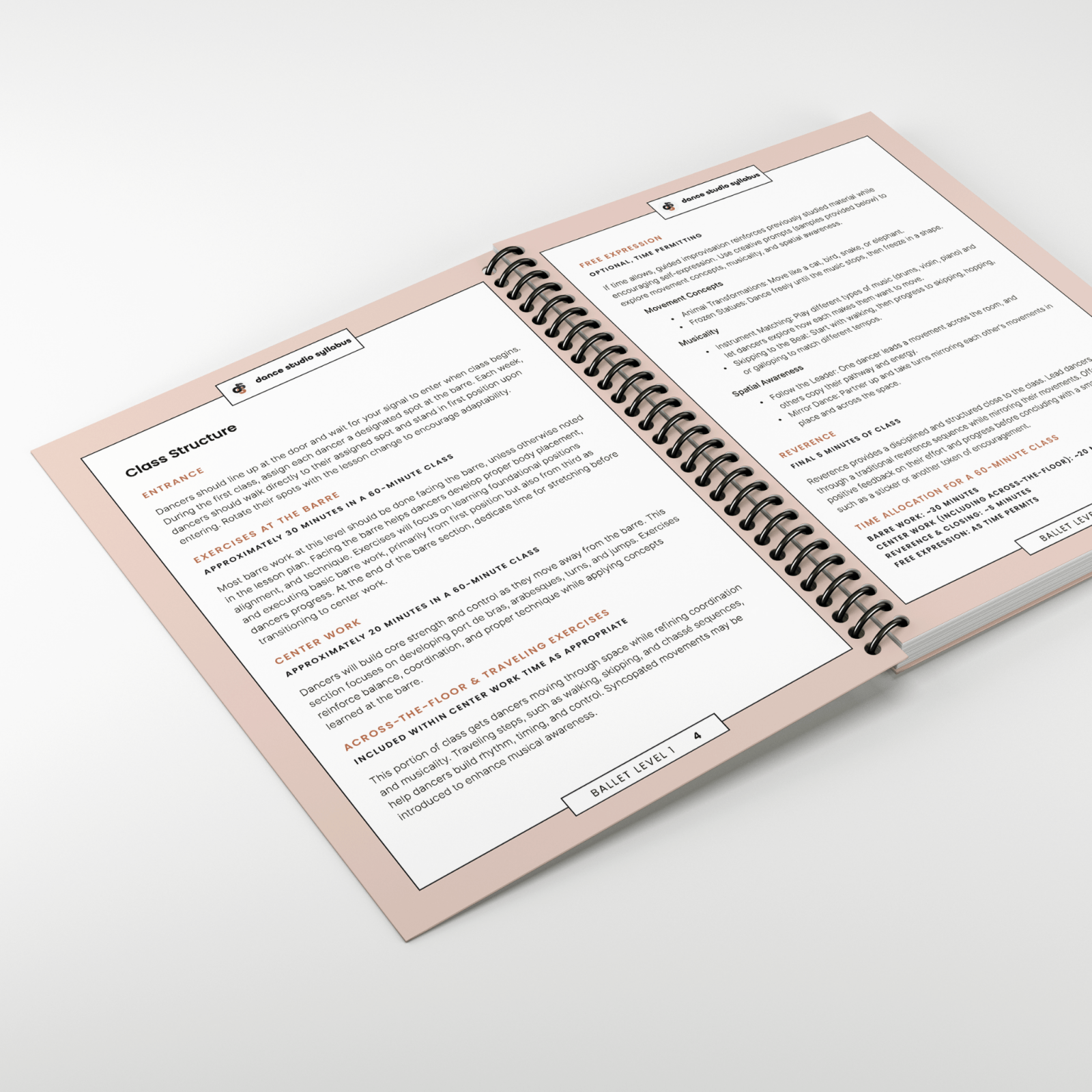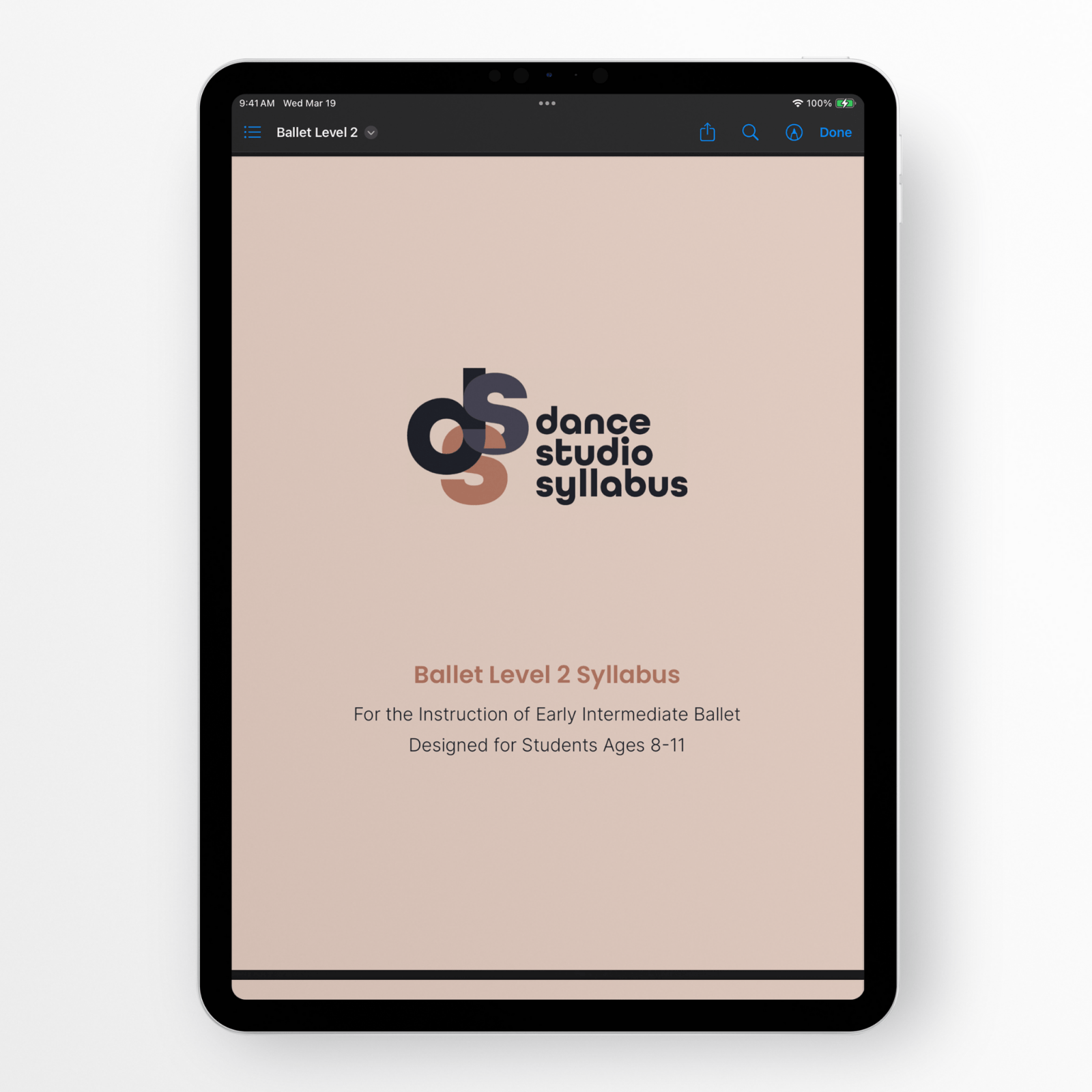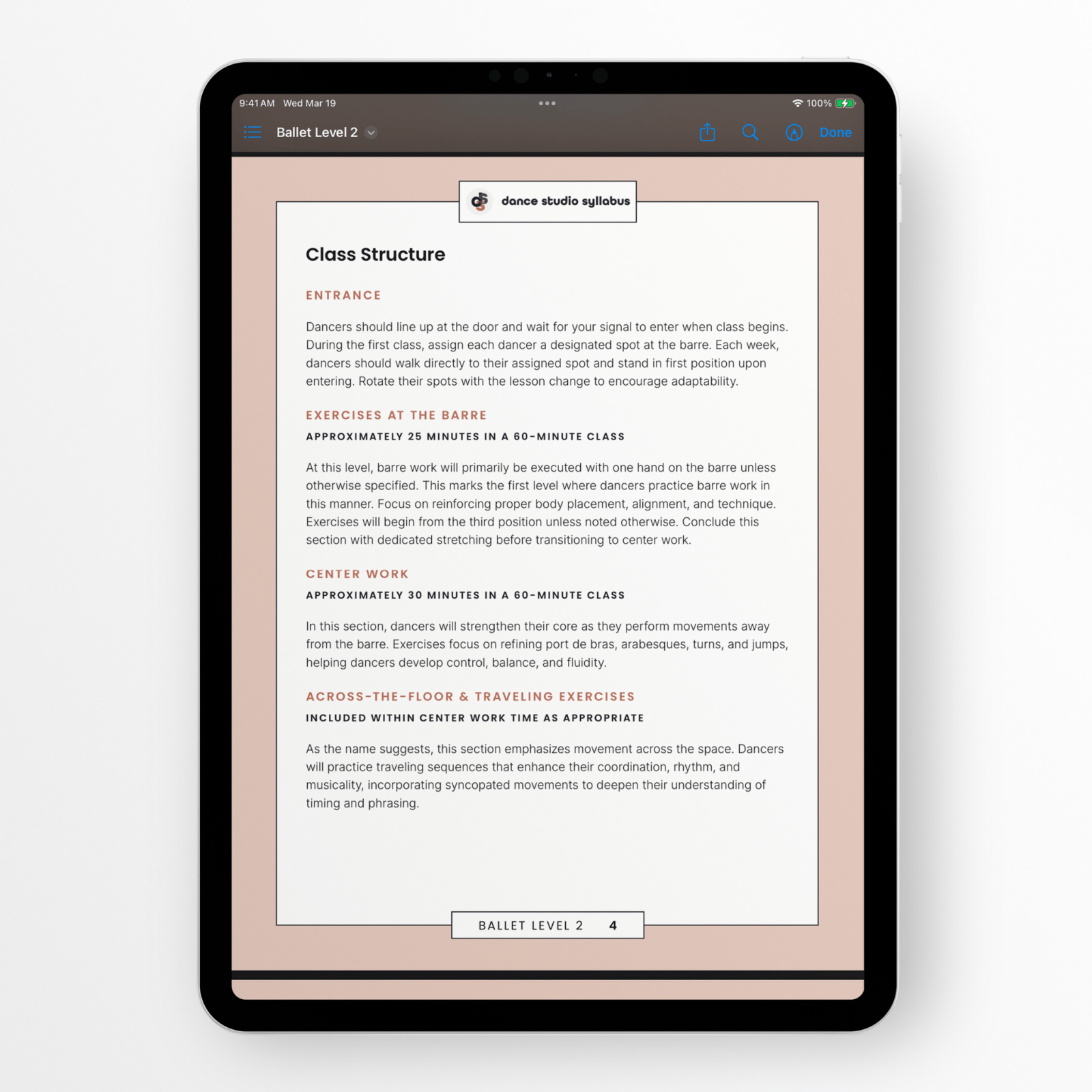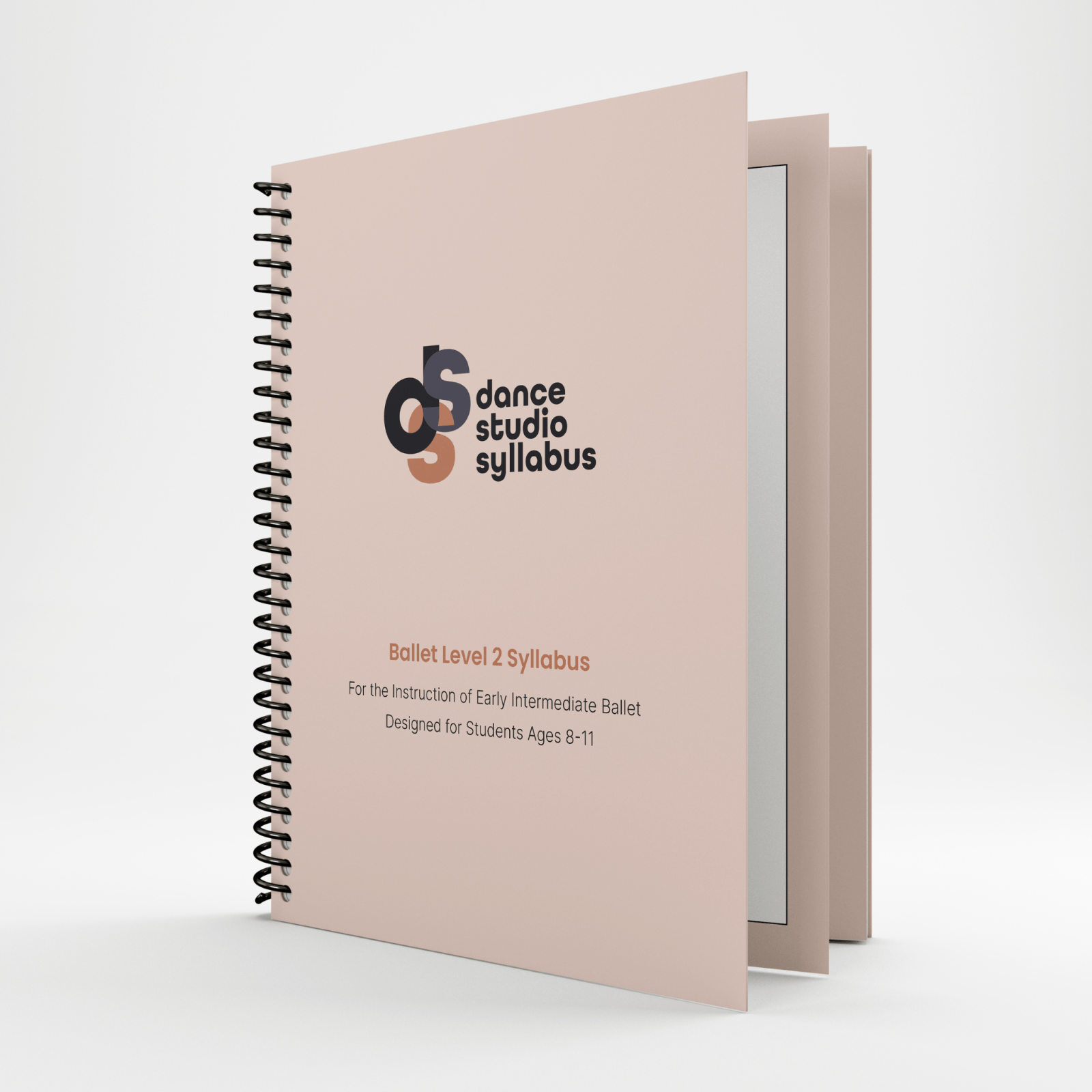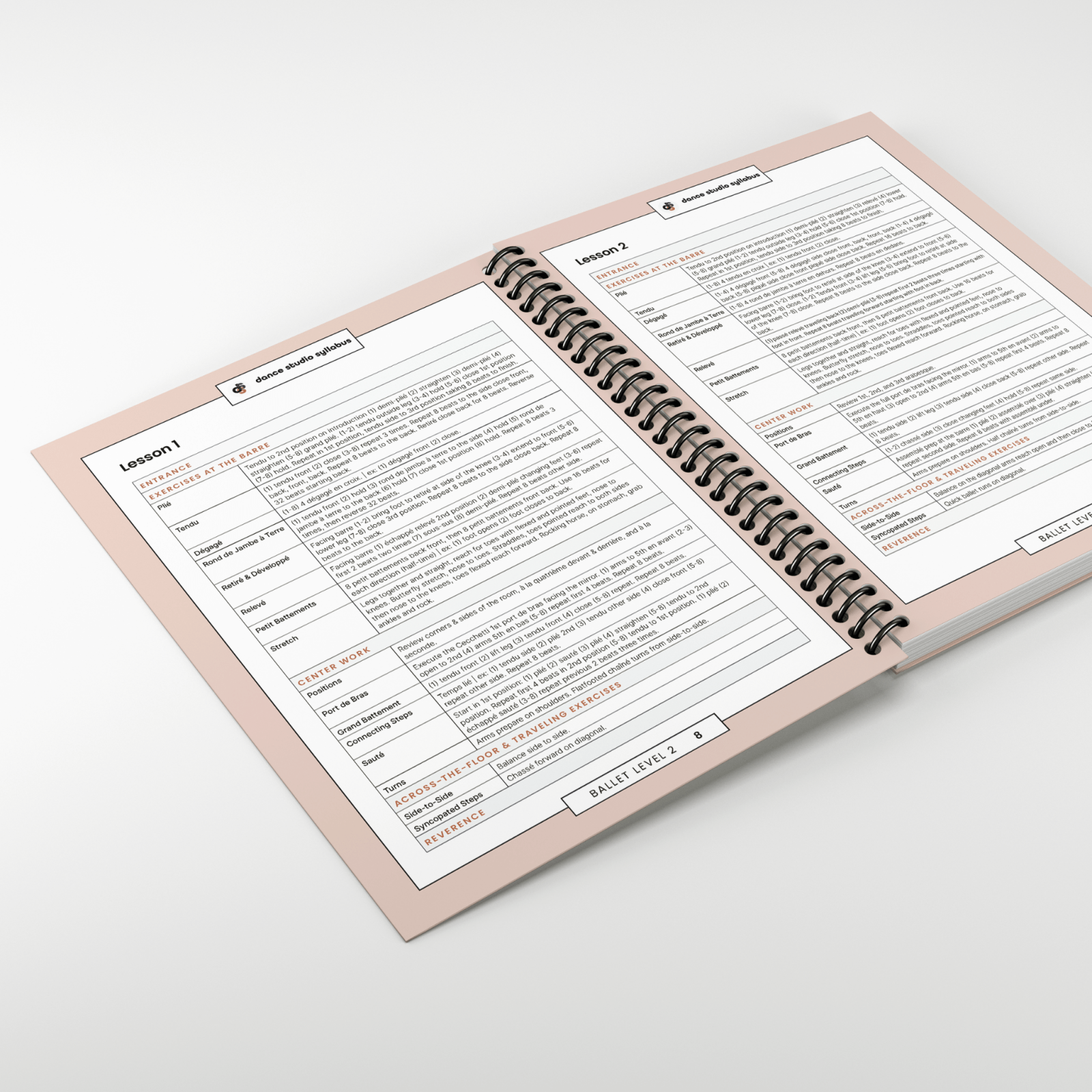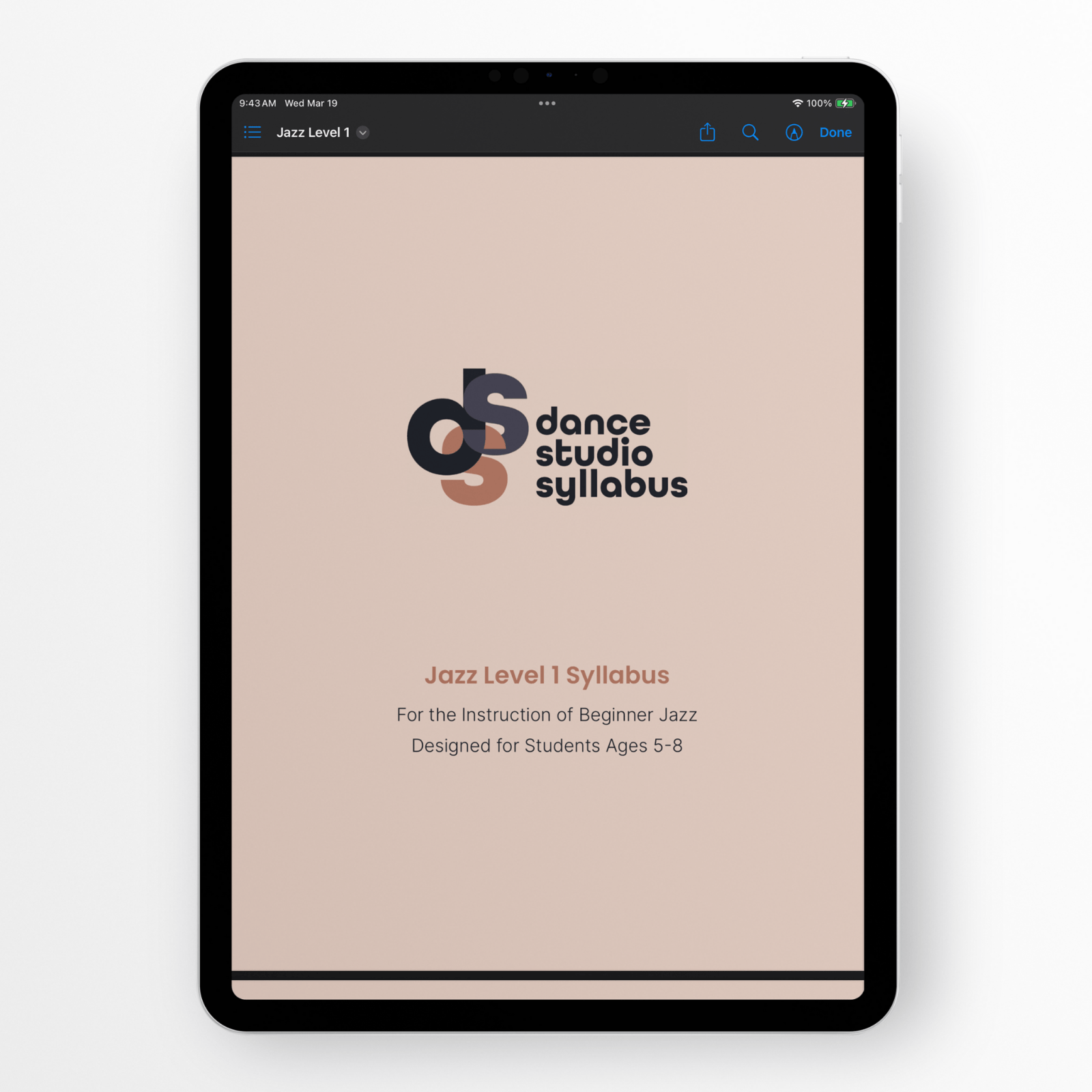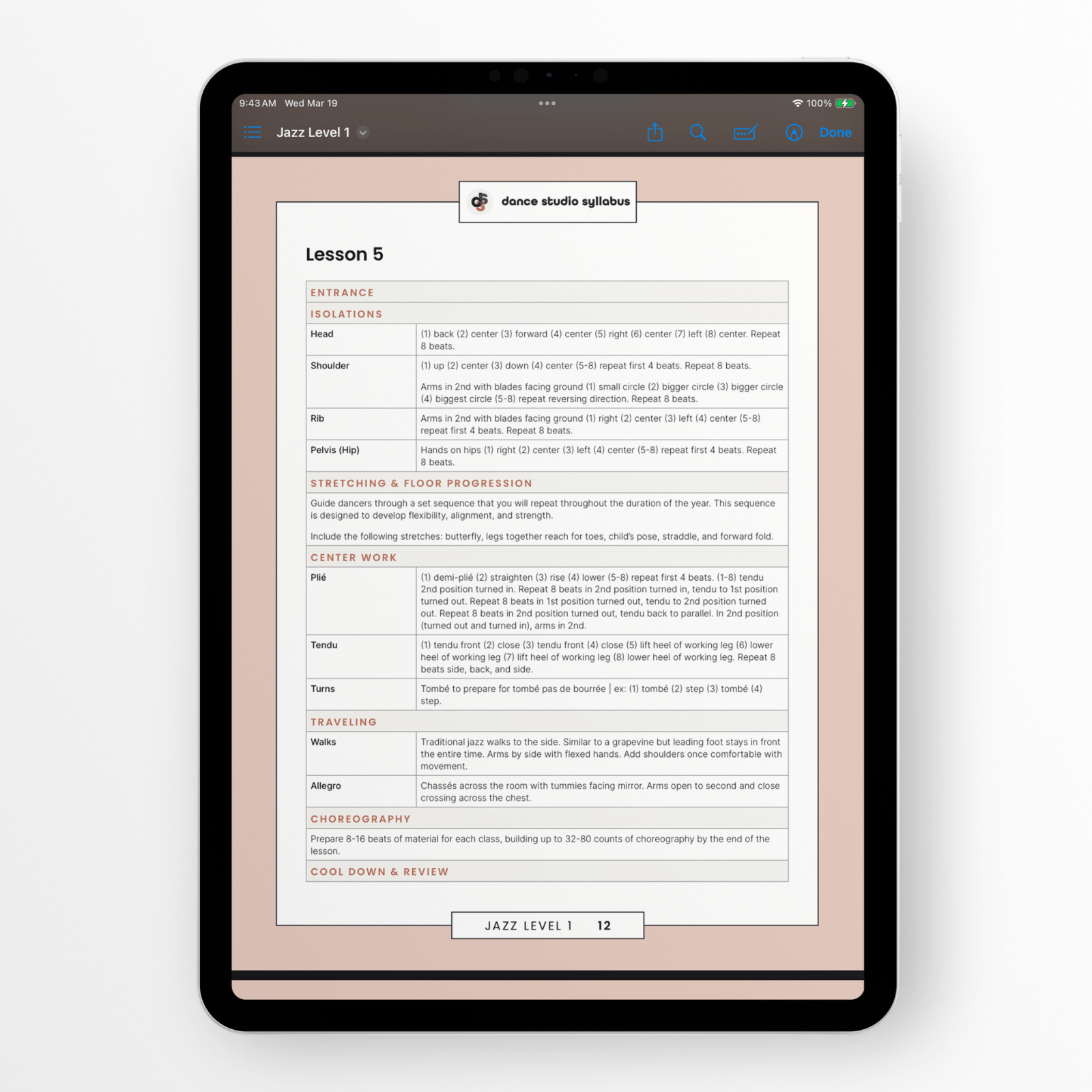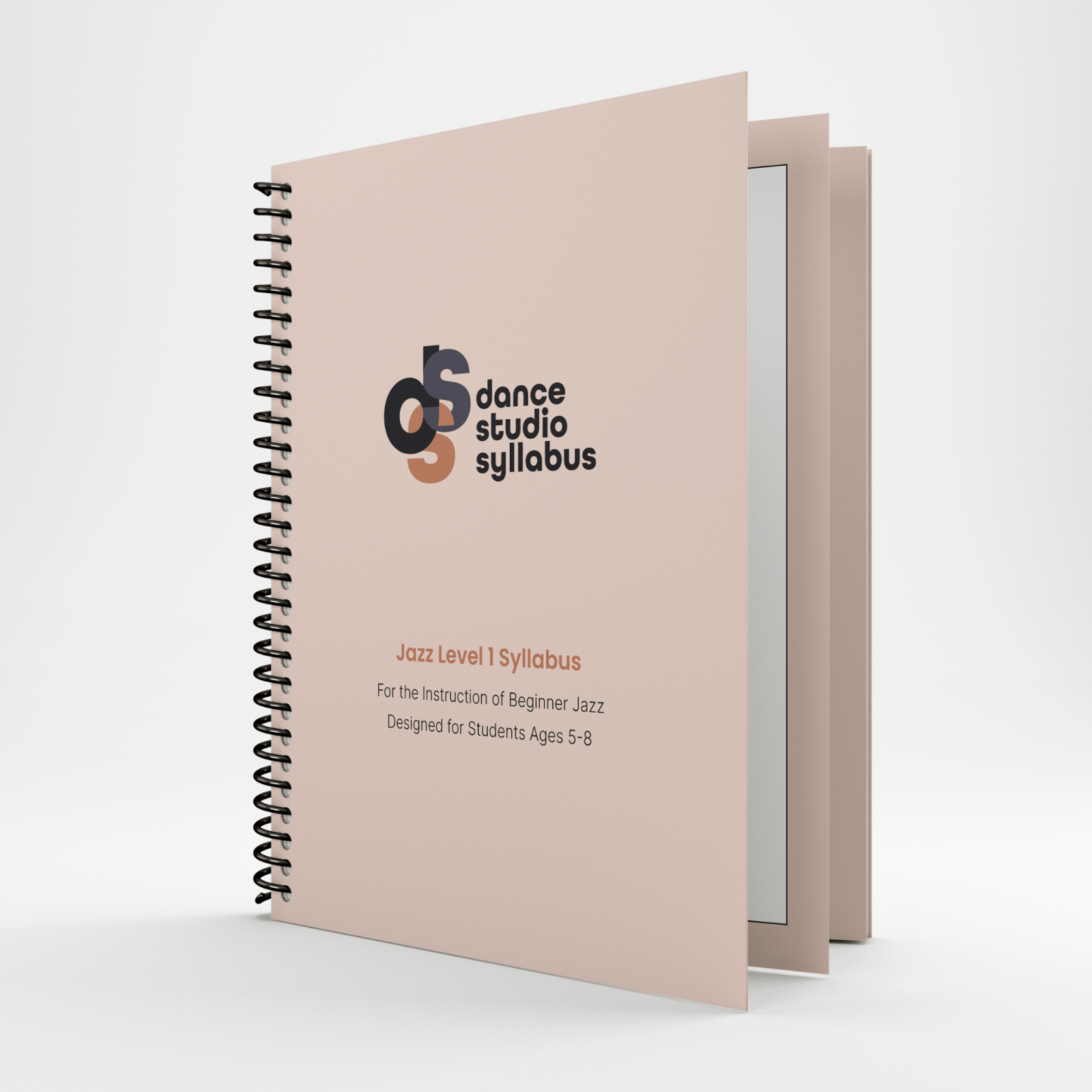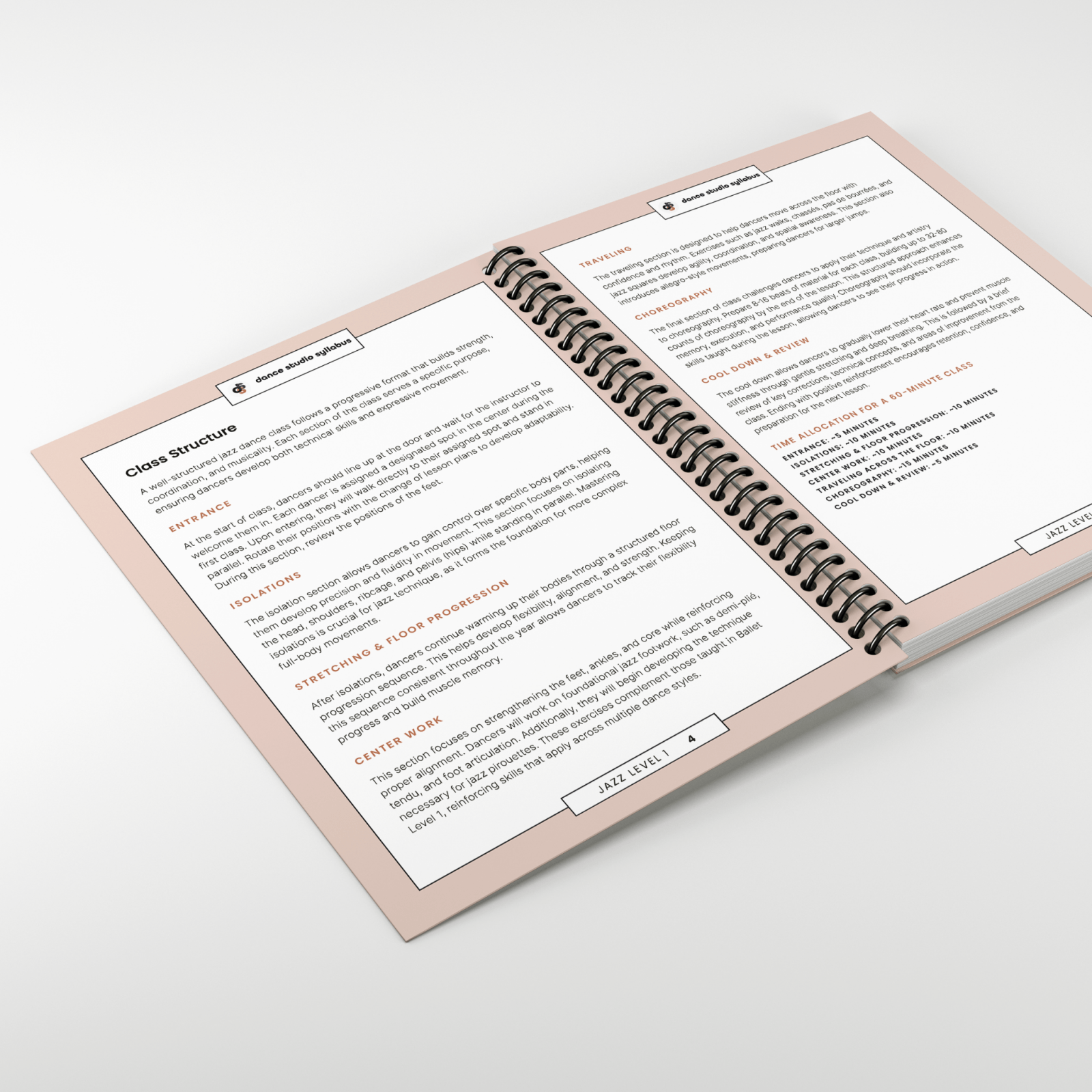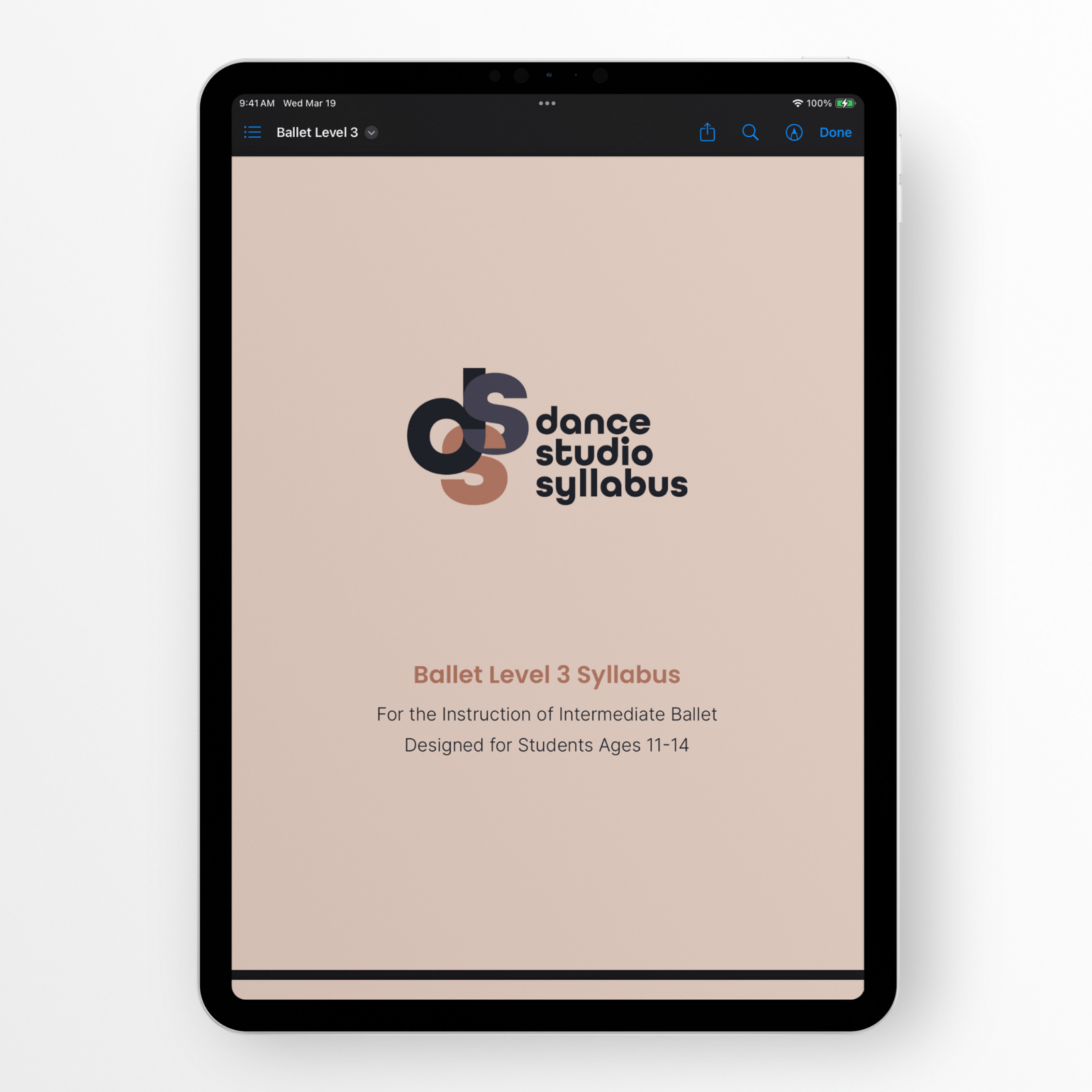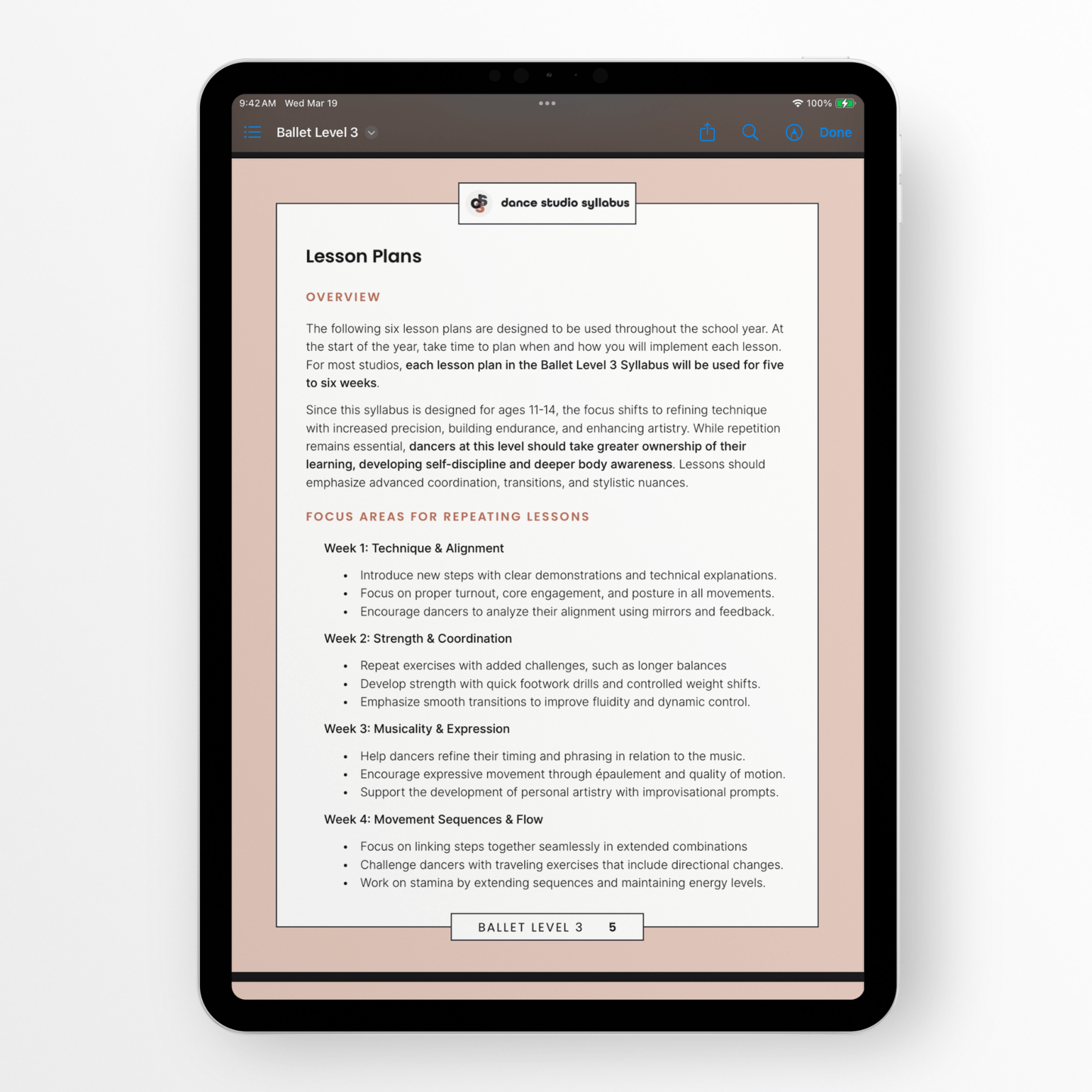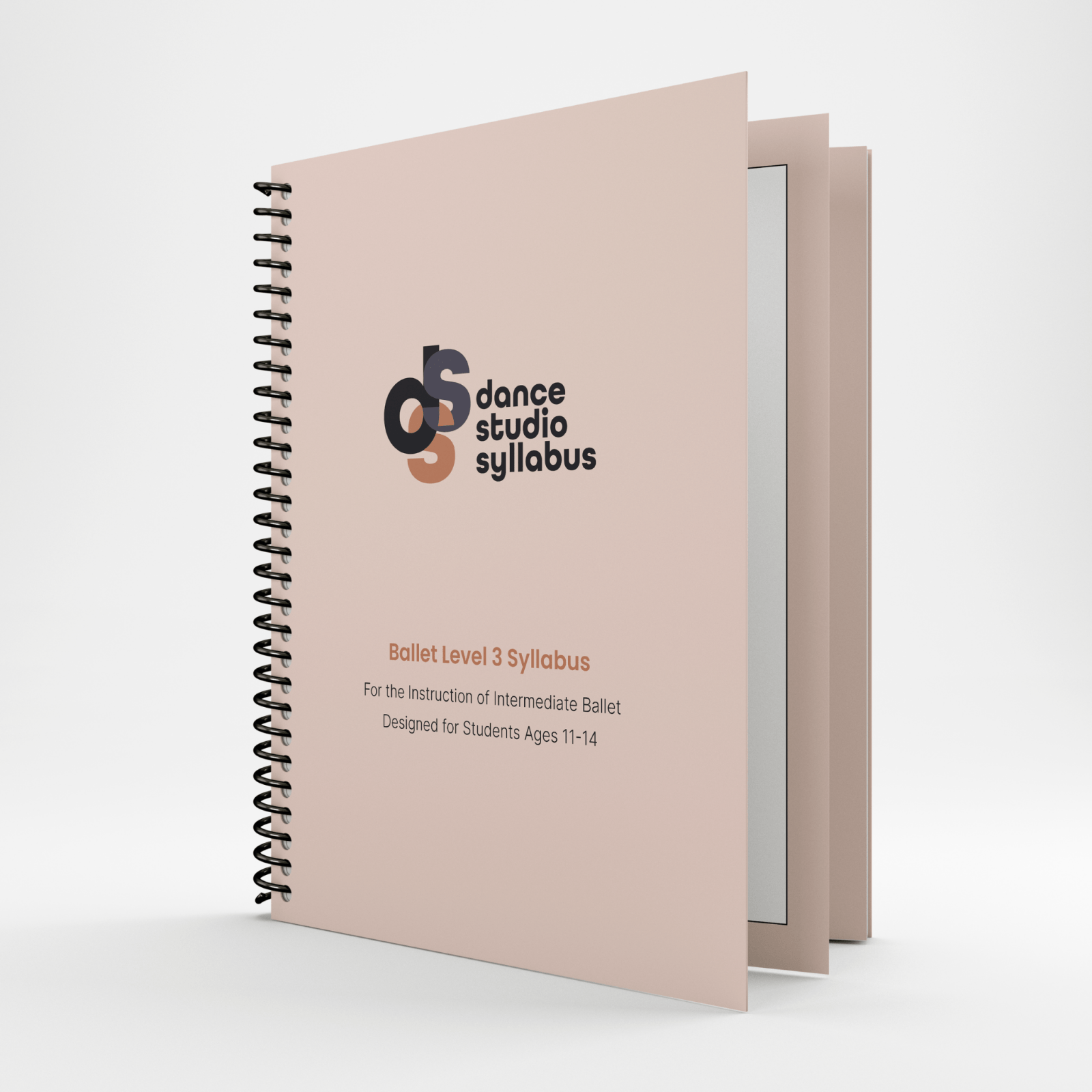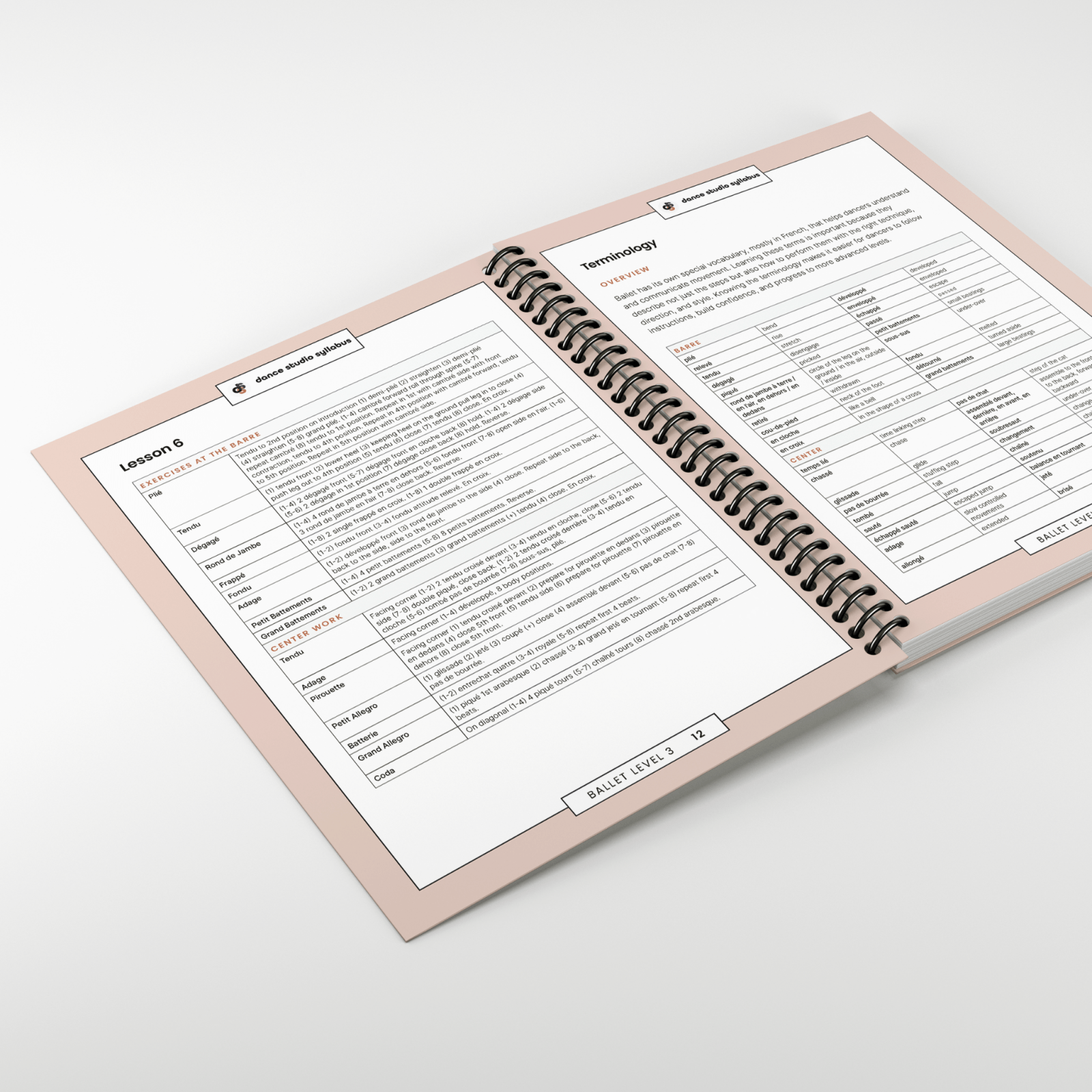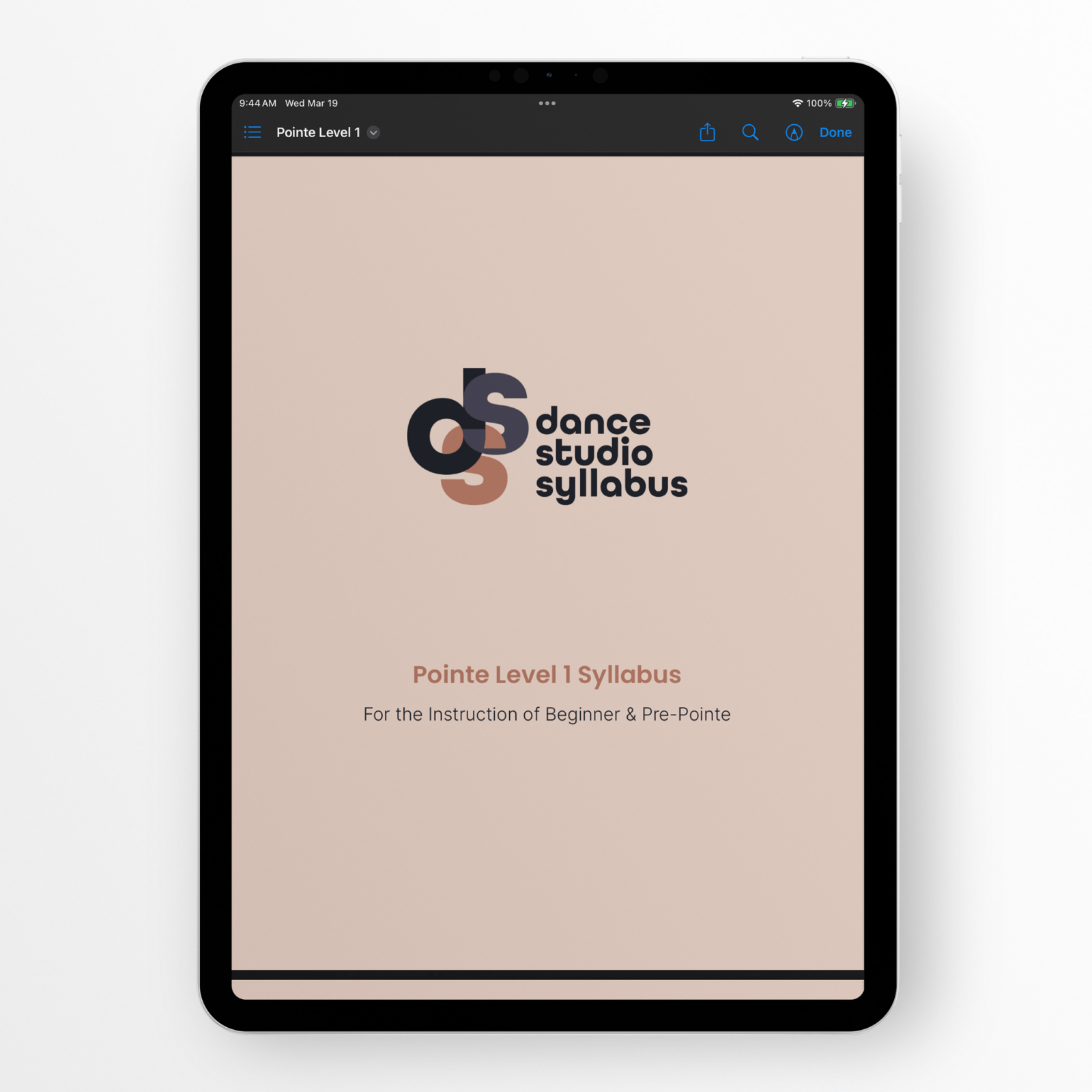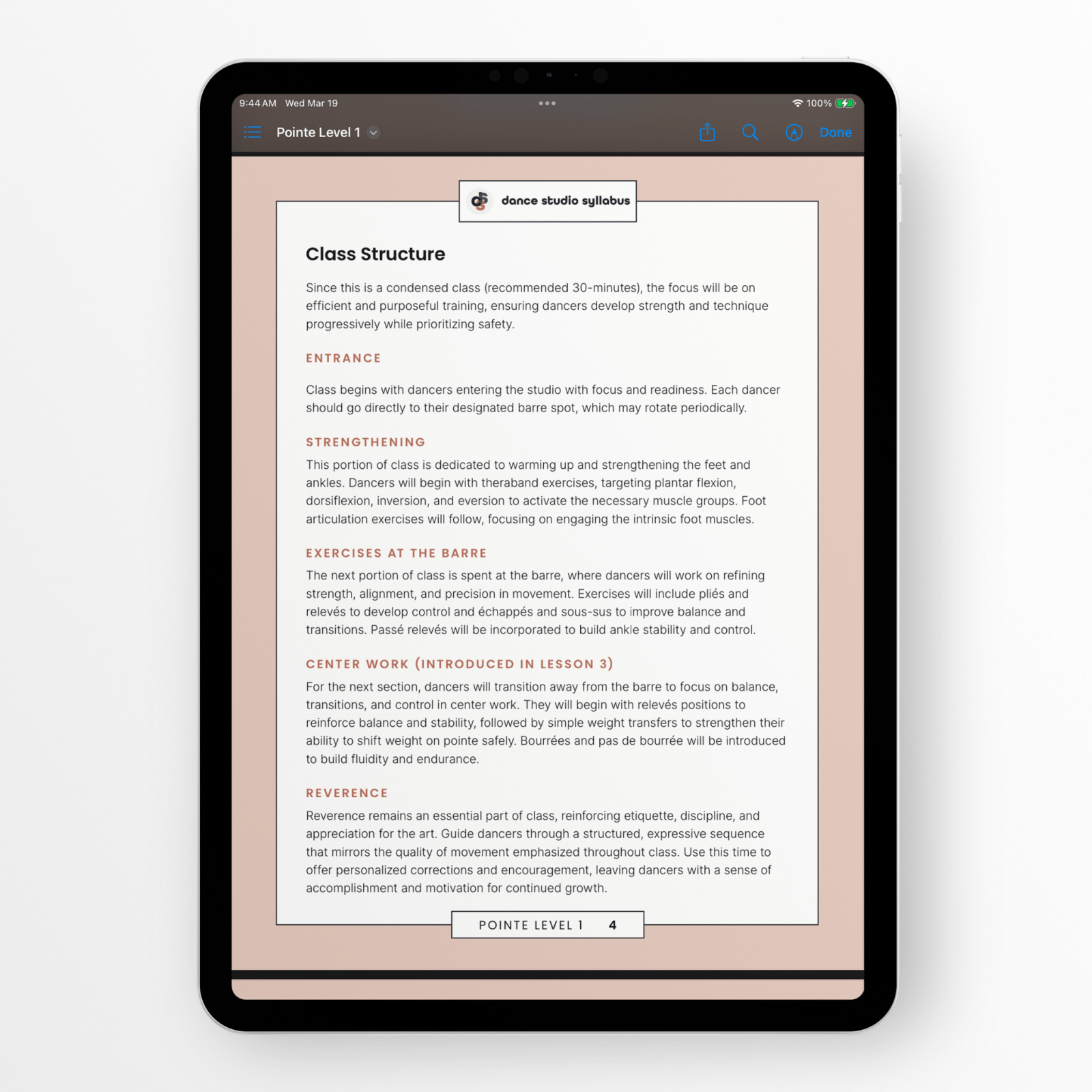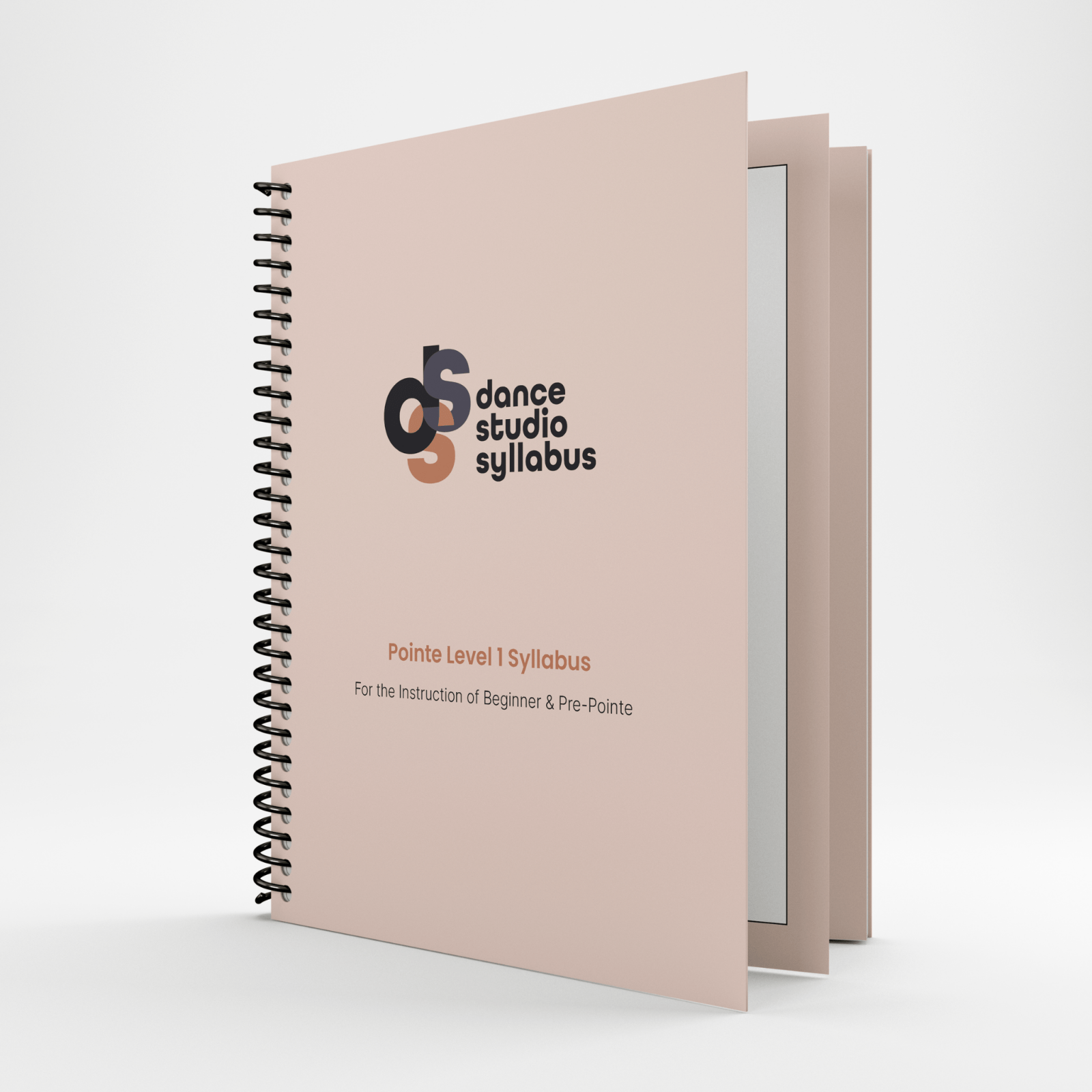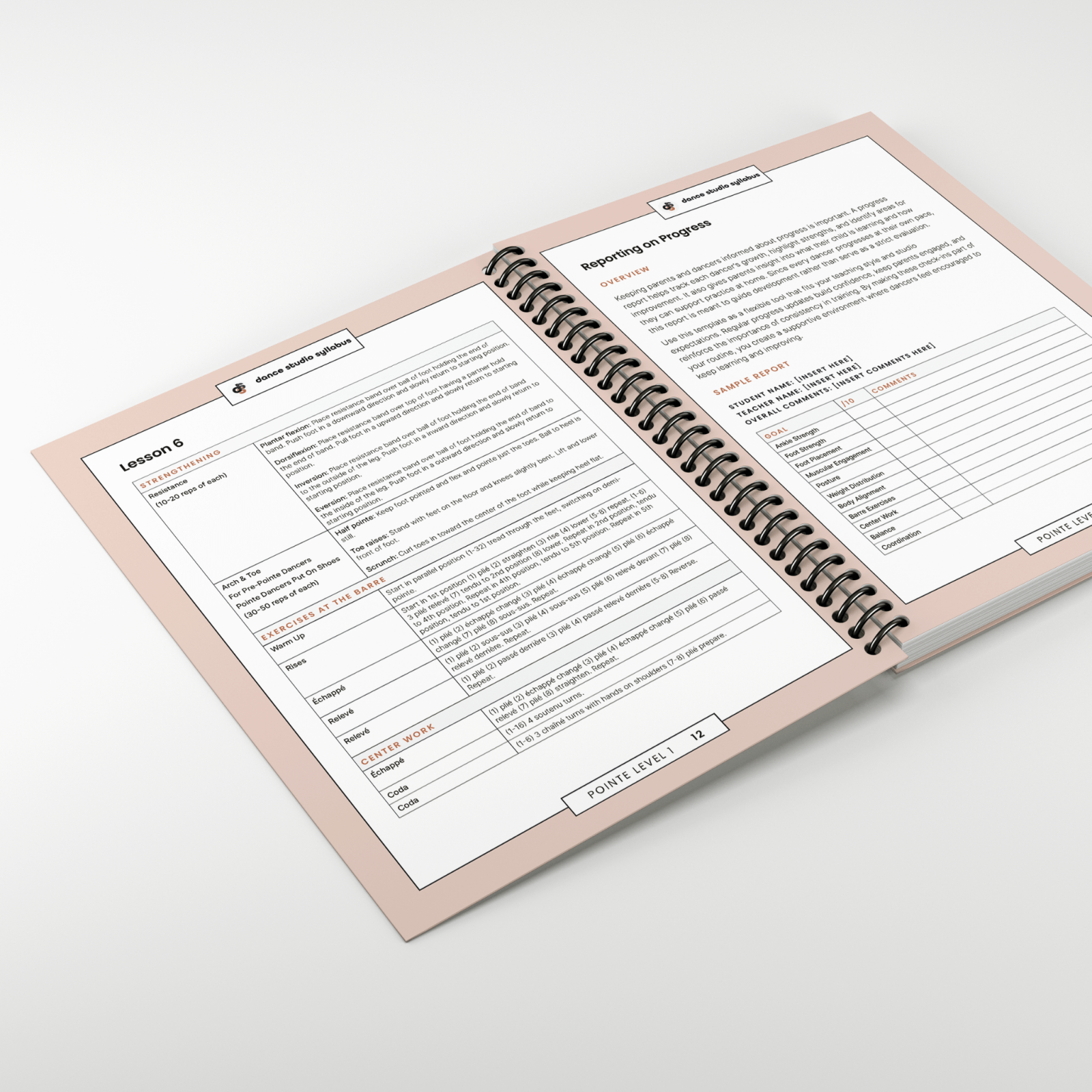How to Incorporate Dance Activities and Games for All Ages (While Sticking to Your Curriculum)
Dance classes are about more than perfecting technique—they’re also about creating an environment where students feel engaged, motivated, and excited to learn. Dance activities and games are a great way to do this, regardless of the age group you're teaching. Whether you’re working with toddlers just finding their rhythm or teenagers developing their artistry, incorporating activities into your classes can enhance the learning experience.
But how do you fit games and creative activities into your lesson plans without falling behind on your curriculum? The answer lies in having a structured, flexible curriculum that gives you the freedom to plan engaging classes while ensuring students meet their goals.
Let’s explore some age-appropriate dance activities for different age groups and how a curriculum like Dance Studio Syllabus can help you create the perfect balance between fun and progress.
Dance Activities for Ages 2-3: Playful Exploration
At this stage, it’s all about introducing movement and rhythm through play. Activities should focus on motor skills, coordination, and basic musicality.
Ideas:
- Freeze Dance: Use simple instructions and familiar music to encourage movement and listening.
- Animal Movements: Ask kids to hop like frogs, flutter like butterflies, or stomp like elephants.
- Scarf Dancing:Give each child a scarf to wave, toss, or twirl as they move to music.
How a Curriculum Helps: A curriculum provides clear goals for this age group, such as developing body awareness and rhythm, while giving you room to incorporate playful activities that align with those objectives. Shop Our Creative Movement Syllabus Here
Dance Activities for Ages 3-5: Imagination and Discovery
Preschoolers thrive on imaginative play. Games that combine storytelling with dance are a hit at this stage.
Ideas:
- Dance Storytelling:Use a theme like “a day at the zoo” or “exploring outer space” and encourage movements to match the story.
- Color Movement Game:Call out colors, and kids can perform specific movements tied to each one (e.g., red = jumping, blue = twirling).
- Follow the Leader: Let kids take turns leading a short sequence of movements.
How a Curriculum Helps: With a syllabus to guide you, you’ll know exactly how to structure your class around fundamental skills while weaving in imaginative activities that keep students engaged. Shop Our Pre-School Dance Syllabus Here
Dance Activities for Ages 5-8: Building Coordination and Teamwork
As children develop better coordination, activities can become more structured while still being fun.
Ideas:
- Obstacle Course: Set up stations with tasks like leaps, turns, or crawling under a prop.
- Mirror Game:Pair students to mirror each other’s movements, promoting focus and coordination.
- Musical Statues: Students dance freely, then freeze in specific poses when the music stops.
How a Curriculum Helps:A set curriculum ensures you’re covering key technical elements like basic positions and transitions, while still leaving space for fun, skill-building games. Shop Syllabi for Ages 5-8
Dance Activities for Ages 8-11: Developing Creativity and Technique
This age group is ready for more challenging activities that combine creativity with technique.
Ideas:
- Choreography Challenges:Give students a short piece of music and a movement theme, and let them create their own choreography.
- Group Dynamics:Create a game where students work together to build a cohesive dance sequence.
- Technique Treasure Hunt:Place cards with technique-related tasks (e.g., plié, pirouette) around the room for students to find and perform.
How a Curriculum Helps:With a syllabus guiding their progression, you can focus on refining technique while encouraging creativity through group games and challenges. Shop Syllabi for Ages 8-11
Dance Activities for Ages 11-14: Building Confidence and Expression
Preteens need activities that challenge their skills while fostering self-expression.
Ideas:
- Improv Exploration: Play a variety of music styles and ask students to improvise movements that match the mood.
- Partner Work: Introduce simple partner lifts or synchronized movements for teamwork.
- Dance Battles:Divide the class into teams for friendly, skill-focused dance battles.
How a Curriculum Helps:A curriculum helps you balance technical growth, such as mastering turns or extensions, with activities that build confidence and creative expression. Shop Syllabi for Ages 11-14
Dance Activities for Ages 14-18: Enhancing Artistry and Performance Skills
Teenage dancers are often focused on refining their artistry and preparing for performances. Activities should challenge their technique while fostering collaboration and artistry.
Ideas:
- Scene to Stage:Assign a theme or storyline and have dancers create a short performance piece.
- Judging Panel:Let students perform combinations in small groups while others provide constructive feedback.
- Advanced Partner Work: Introduce lifts, group formations, or intricate partnering exercises.
How a Curriculum Helps:A structured syllabus ensures you cover advanced technical concepts while leaving time for activities that prepare students for the stage and beyond. Shop Syllabi for Ages 14-18
The Role of a Curriculum in Flexibility and Fun
Incorporating dance activities and games is easier when you have a solid curriculum in place. With progressive lesson plans, you don’t have to worry about losing sight of key objectives. Instead, you can build fun, age-appropriate activities directly into your class structure.
A curriculum like Dance Studio Syllabus provides:
- Clear objectives for each age group:So you know exactly what skills to focus on.
- Adaptability for creative activities:Offering flexibility to integrate games and challenges while staying on track.
- Confidence in teaching:Allowing you to plan classes that are engaging and effective.
Conclusion
Adding dance activities and games into your classes doesn’t mean sacrificing progress—it enhances it. By combining a structured curriculum with creative activities, you can create an engaging, fun, and skill-focused environment for every age group. Not only will students enjoy your classes more, but parents will appreciate the thoughtfulness and professionalism you bring to their child’s dance education.
Want to see how Dance Studio Syllabus can help you balance structure and creativity in your teaching? Check out our progressive lesson plans designed to support educators and inspire students at every level!
